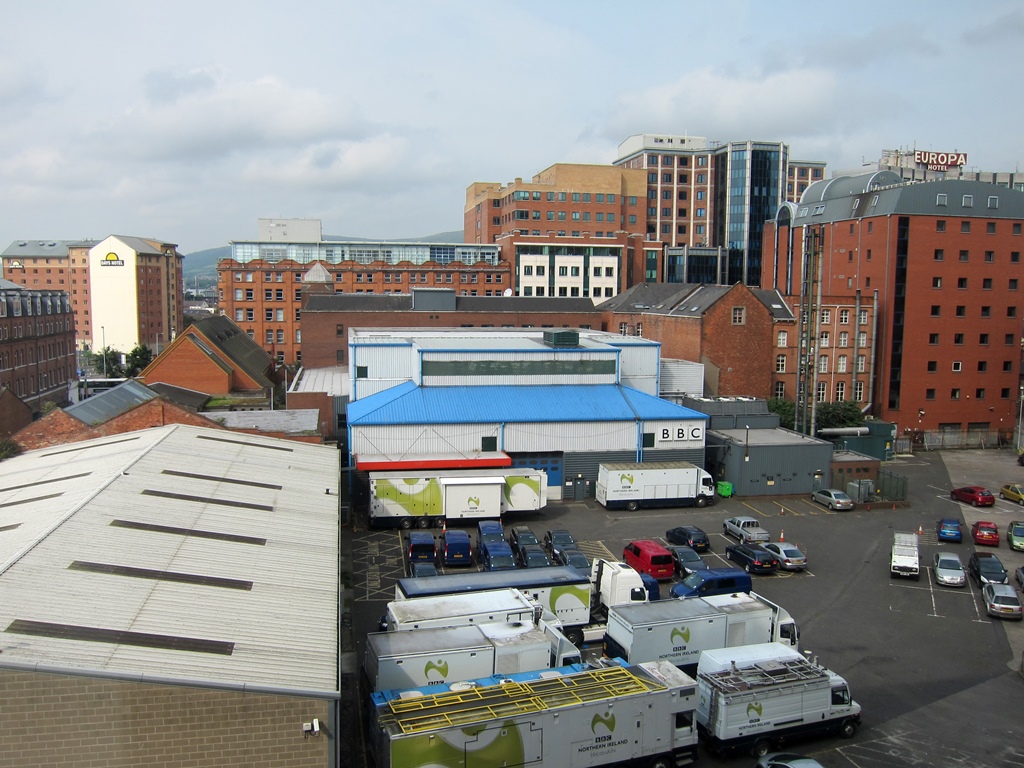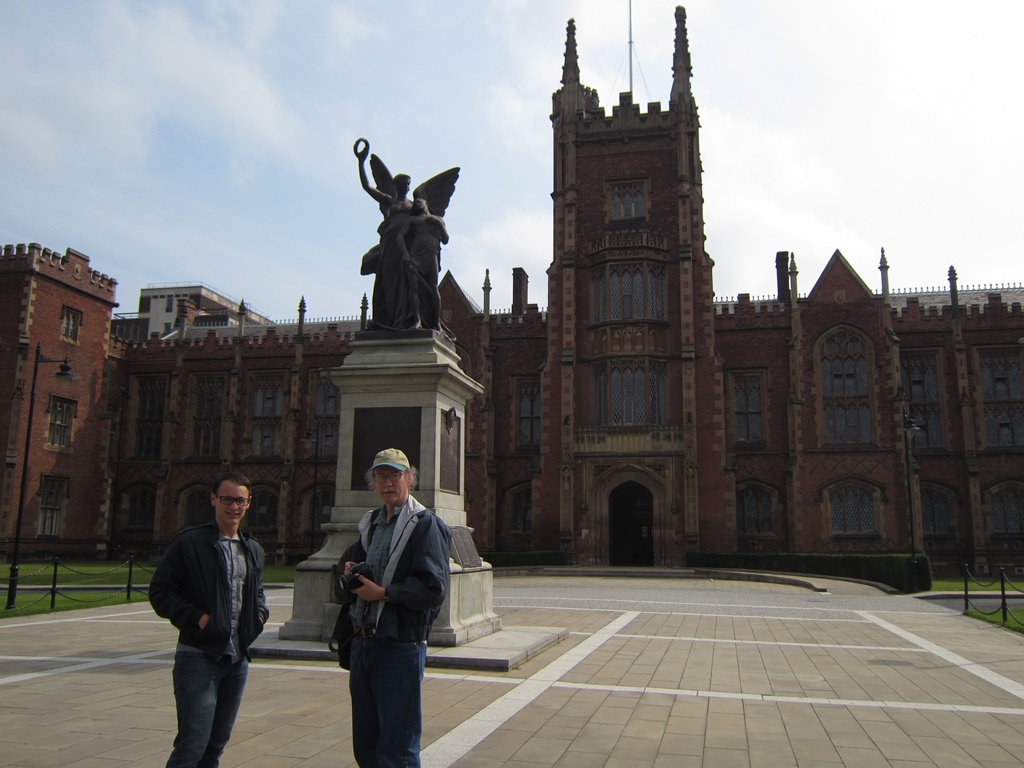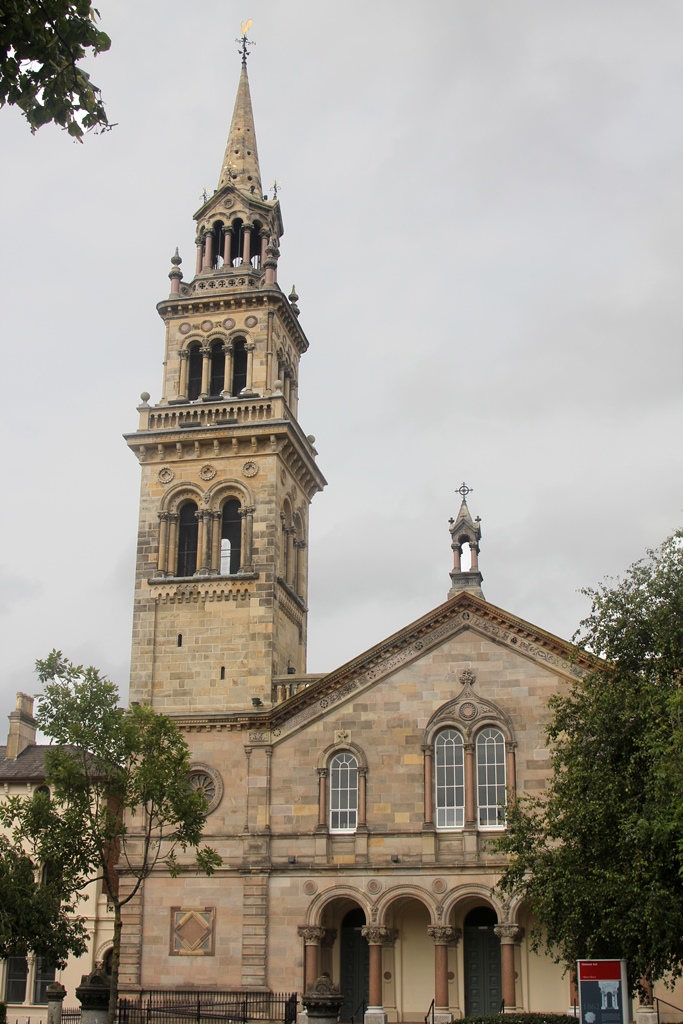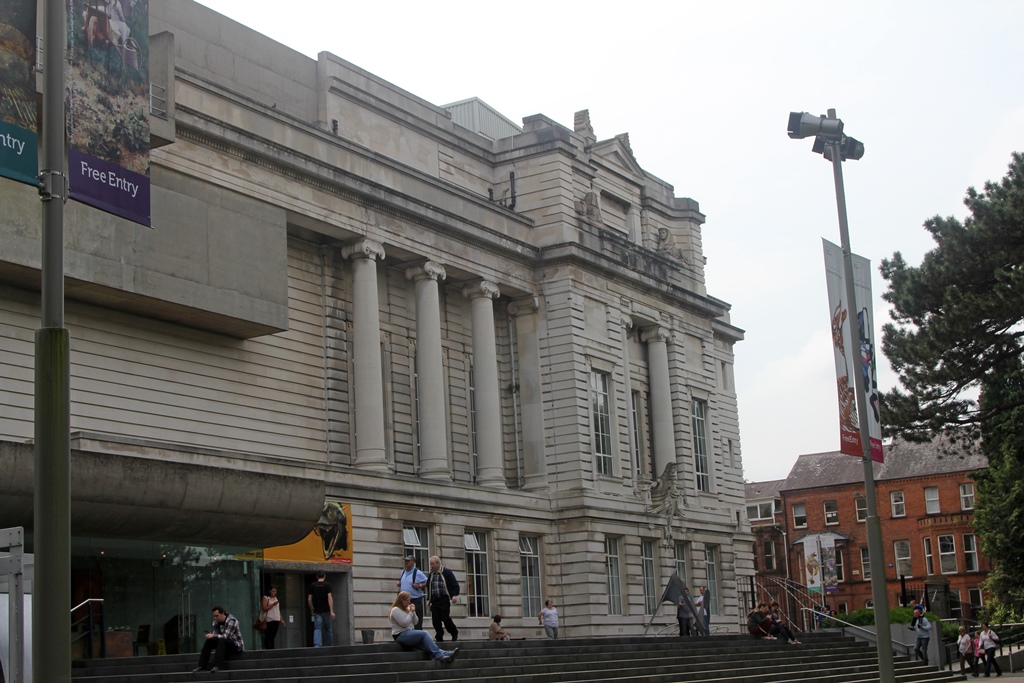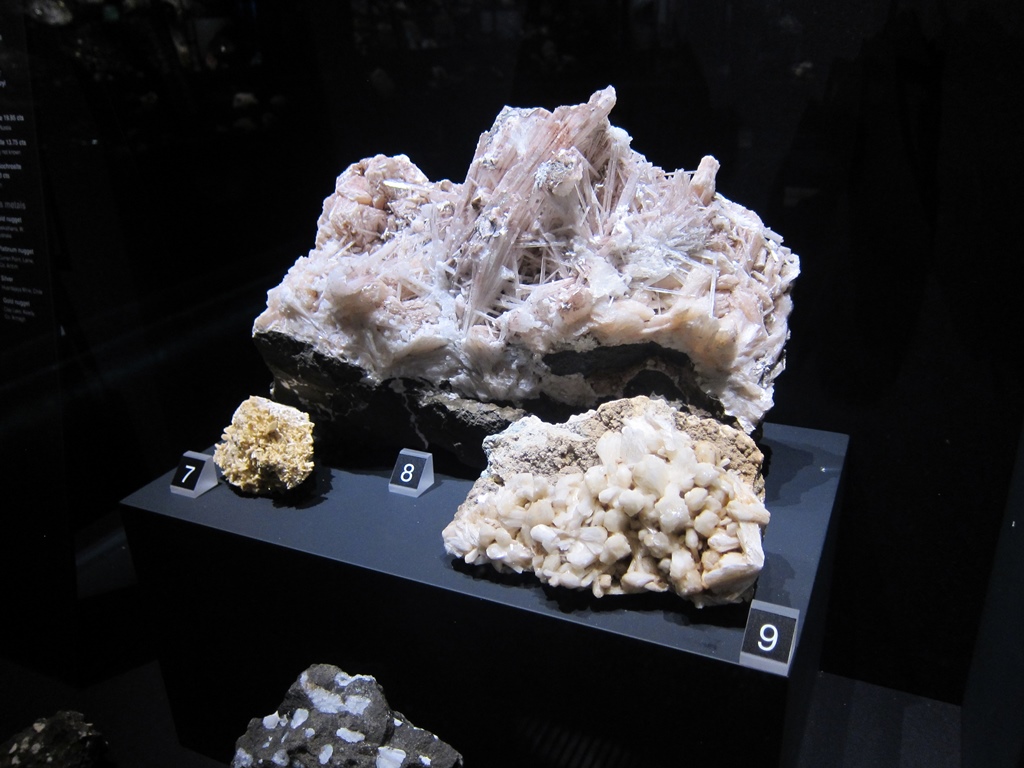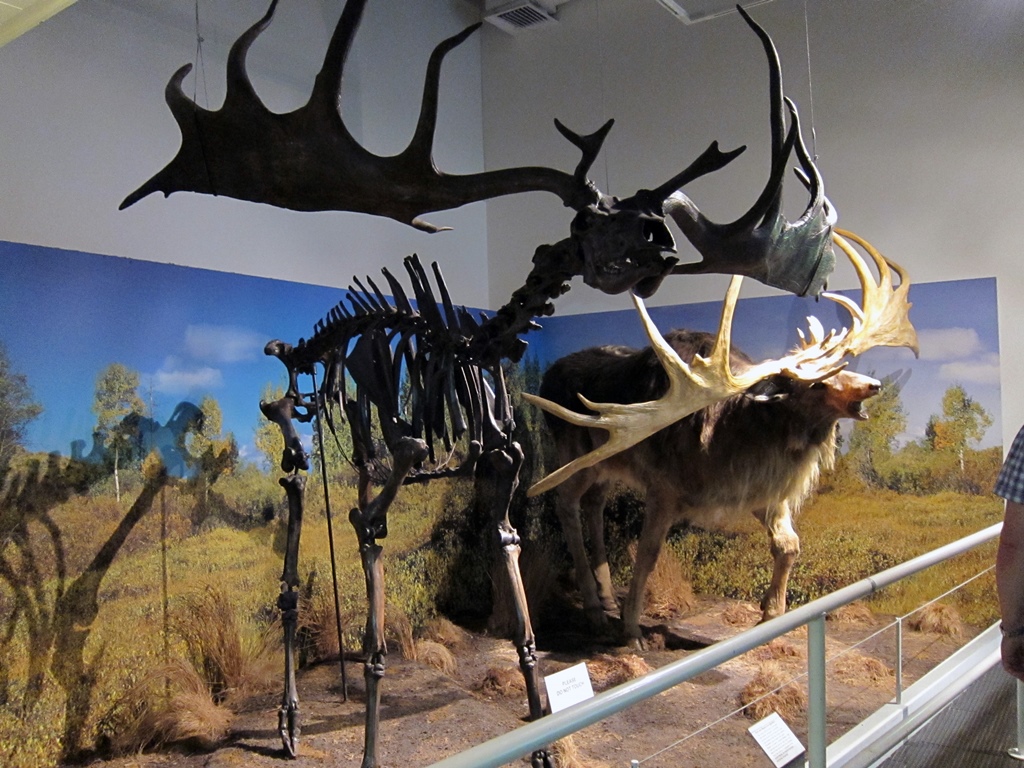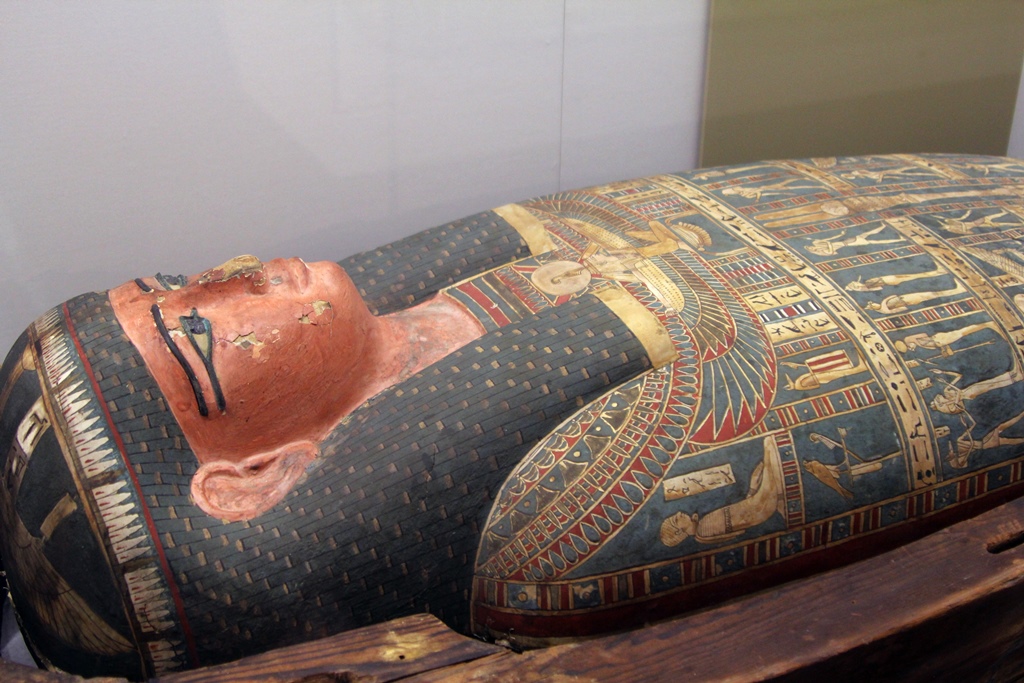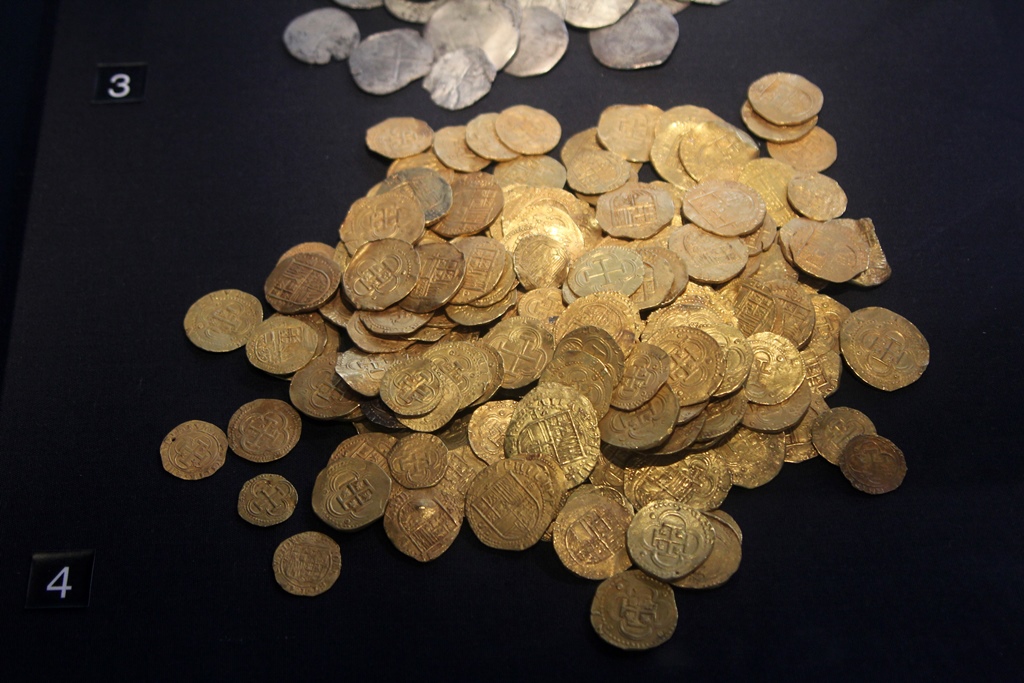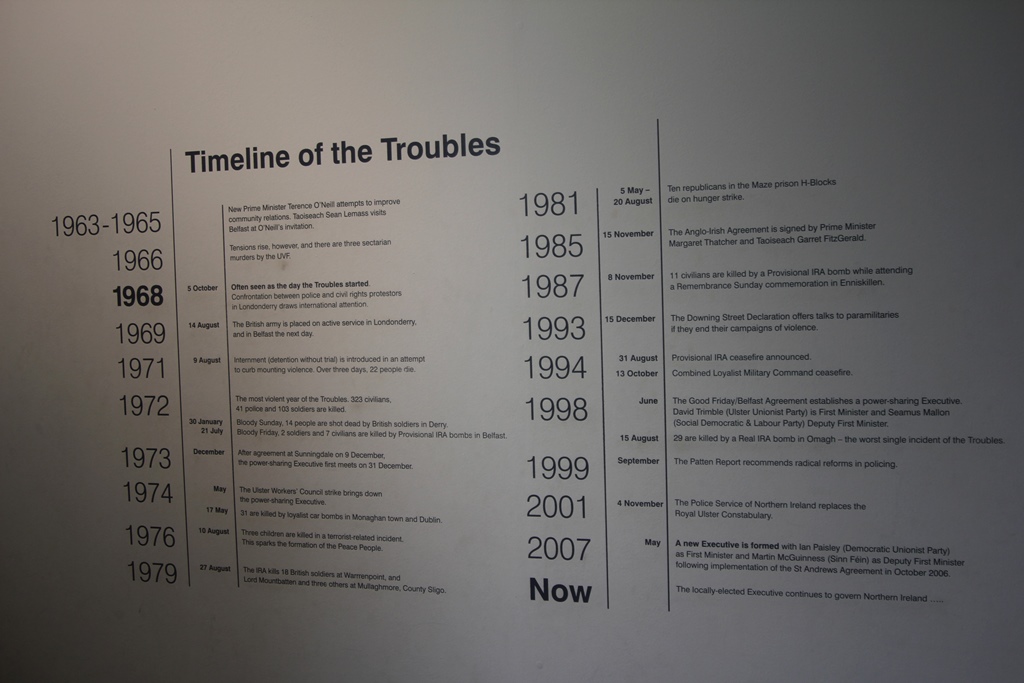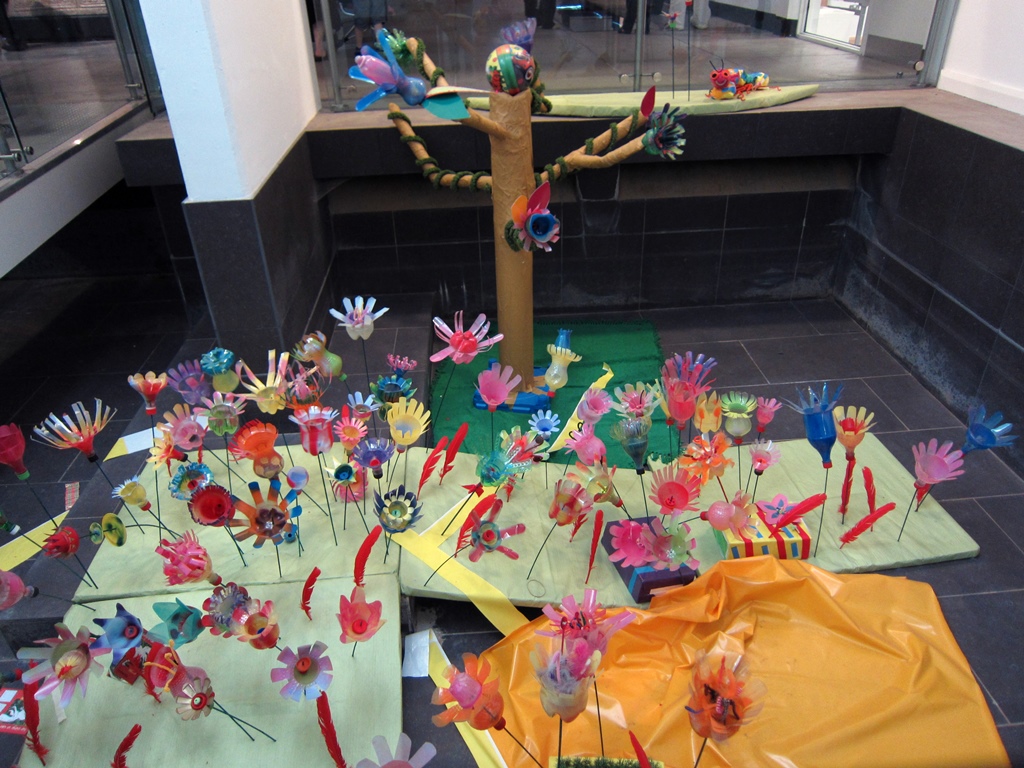Our plans for the day were to start with a visit to the Ulster Museum.
No, this is not a museum full of ulsters, but rather a museum devoted to the Ulster area.
Historically, Ulster is a province consisting of nine counties. Six of these counties
now make up the region of Northern Ireland, and the other three are part of the
Republic of Ireland. Sometimes people refer to "Ulster" and "Northern Ireland"
interchangeably, but this is not accurate, and such a practice risks offending people
from the Republic of Ireland, as it short-changes their country.
We started the day with a look out of our hotel window, which gave us a view of a
large parking lot, a temporary-looking BBC building, and a little bit of the Europa
Hotel. The Europa Hotel is a luxury hotel, once favored by journalists, that holds
the distinction of being the most bombed hotel in the world, as it was bombed 28 times
during the Troubles.
Parking Lot, BBC Structure and Europa Hotel
The Ulster Museum was within walking distance of our hotel, but it would have
been a long walk, so we took a bus, and we were dumped out in front of a large
old building which turned out to not be the museum, but rather the main building of
Queen's University Belfast. Out of curiosity, we walked through the gate and into
the building, known as the Lanyon Building (completed in 1849). Inside we found a
small entrance hall, with a stained glass window (completed in 1939) and a statue
of Galileo (by 19th Century Italian sculptor Pio Fedi).
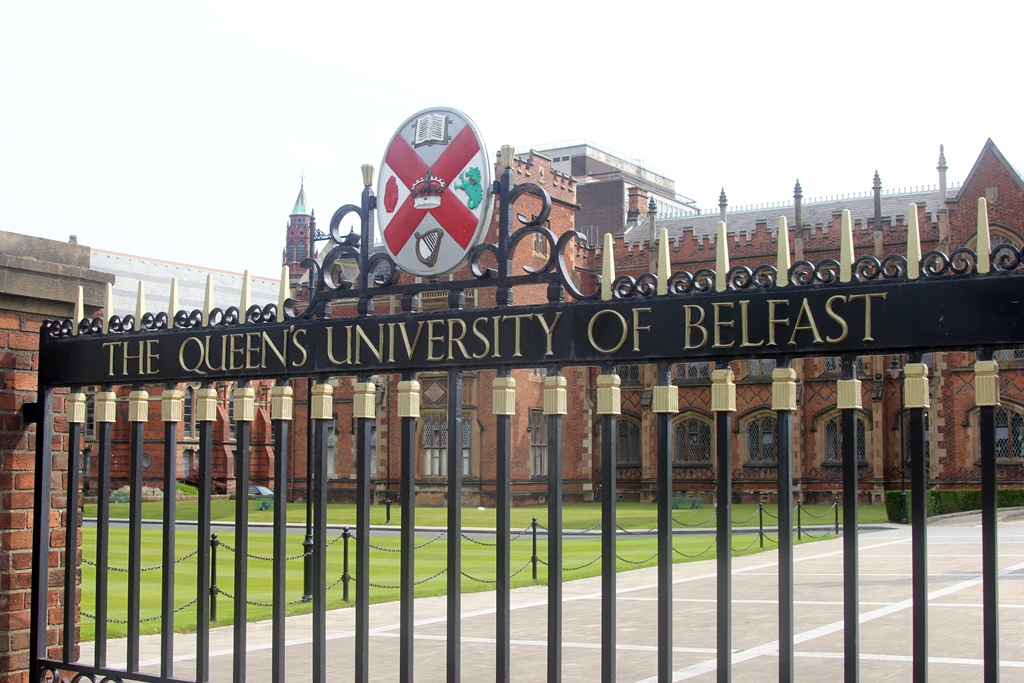
Gate, Queen's University
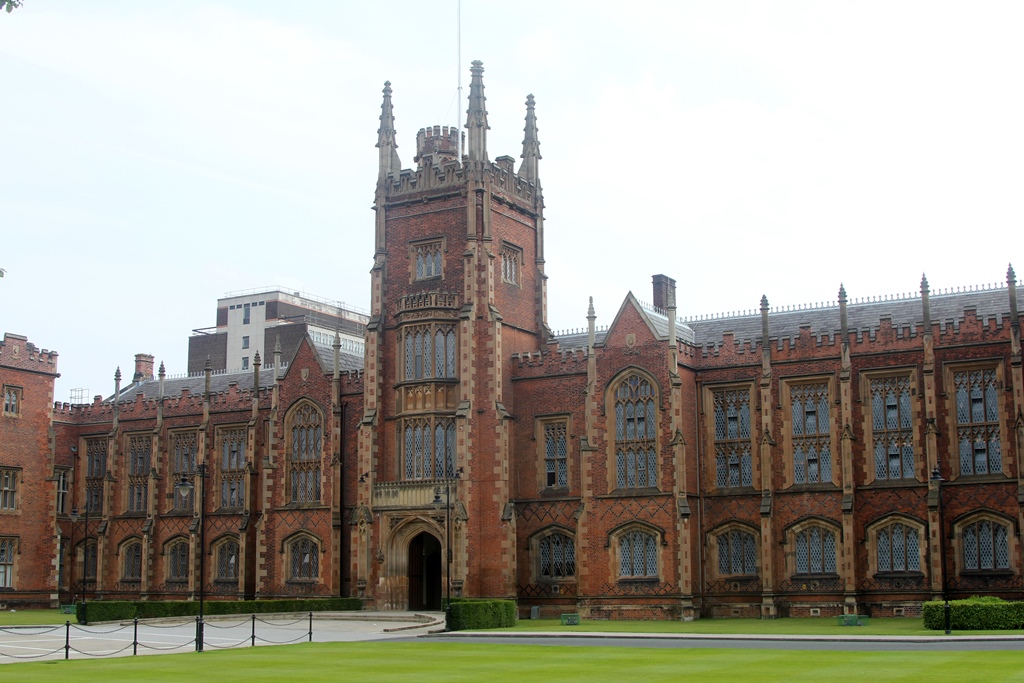
Main Building, Queen's University
Philip and Bob and Statue and Main Building
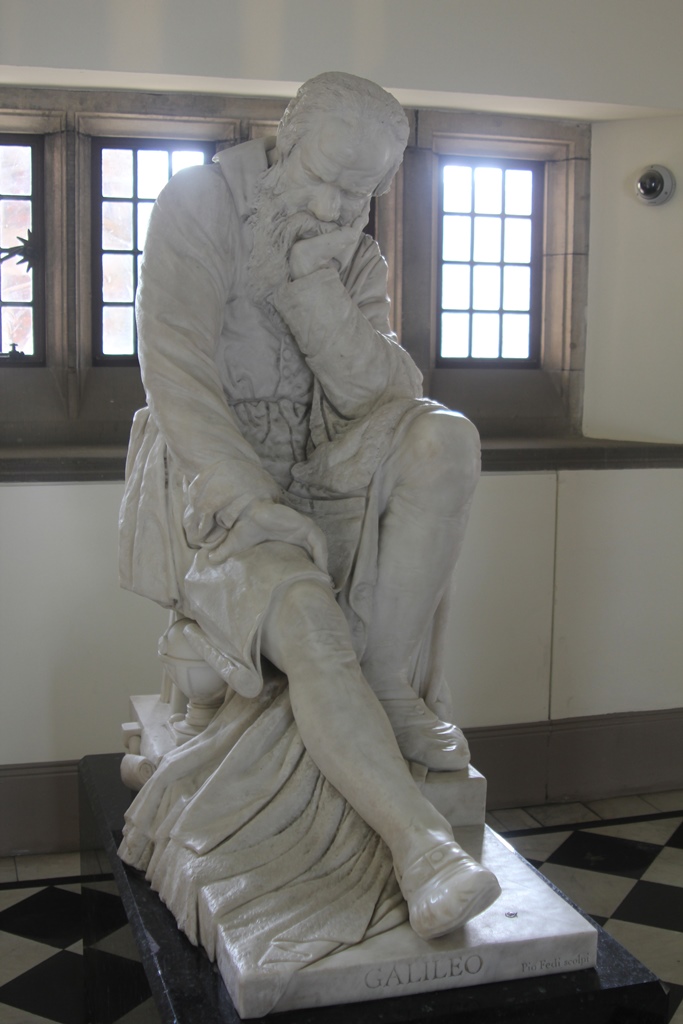
Galileo Statue, Pio Fedi
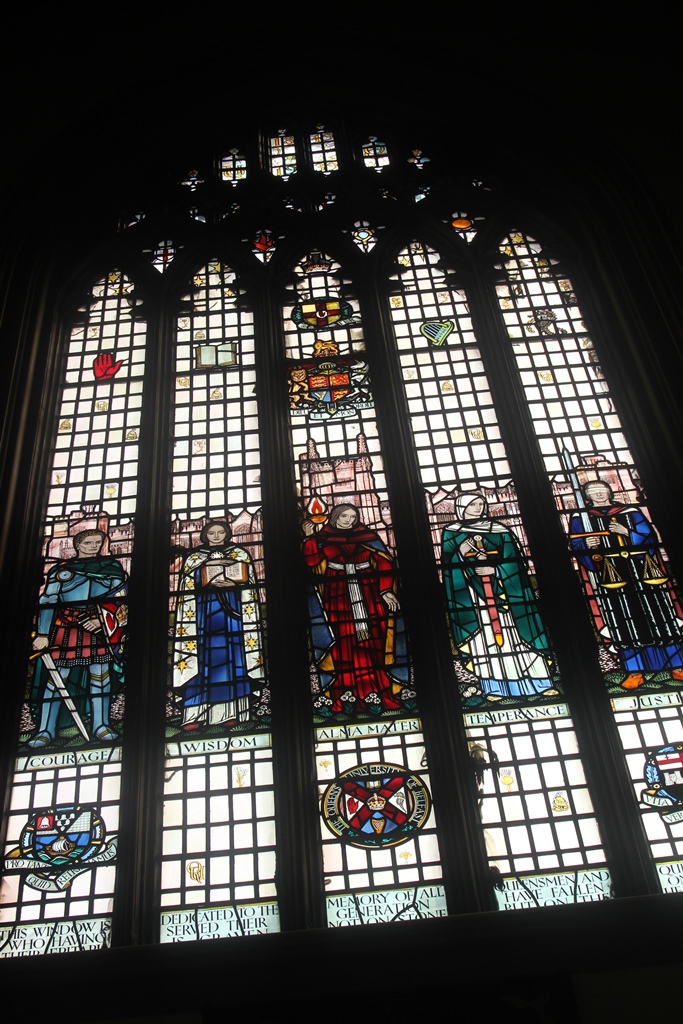
Stained Glass
Across University Road from the Lanyon Building we noticed an interesting-looking
church. This turned out not to be a church at all, though it started out this
way, when it was built as a Presbyterian church in 1872. It's now called Elmwood
Hall, and is used as the concert hall for Queen's University.
Elmwood Hall
Continuing south on University Road, we took a slight fork to the left, passed
the entrance to the Botanic Gardens (more on this later), and found the Ulster
Museum.
Museum Building
The Ulster Museum has existed in one form or another since 1821, and has lived in
its current building since 1929. It is the largest museum in Northern
Ireland. It's not real clear what the main theme of the museum is. In
some ways it's a natural history museum, in others a human history museum,
and in still others a display venue for the fine and decorative arts. A
number of exhibits have no obvious connection to Ulster, besides being
located in a building called "The Ulster Museum". Which might be the theme.
Regardless, there is a large collection of interesting exhibits, and
admission is free.
We started by looking at art and decorative objects.
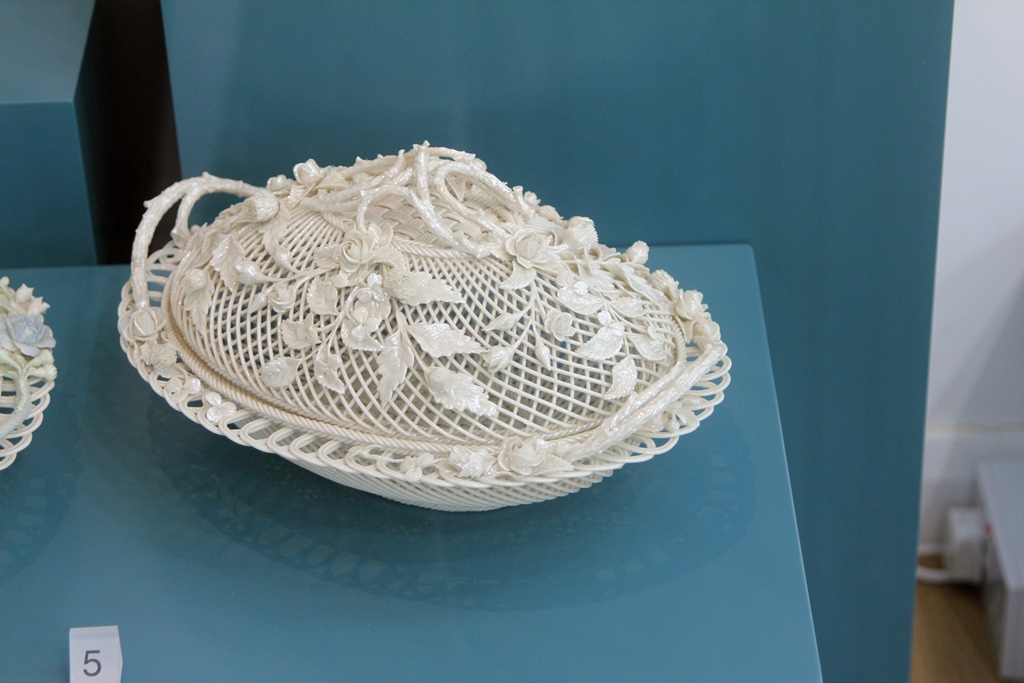
Basket and Cover, Belleek (Porcelain)
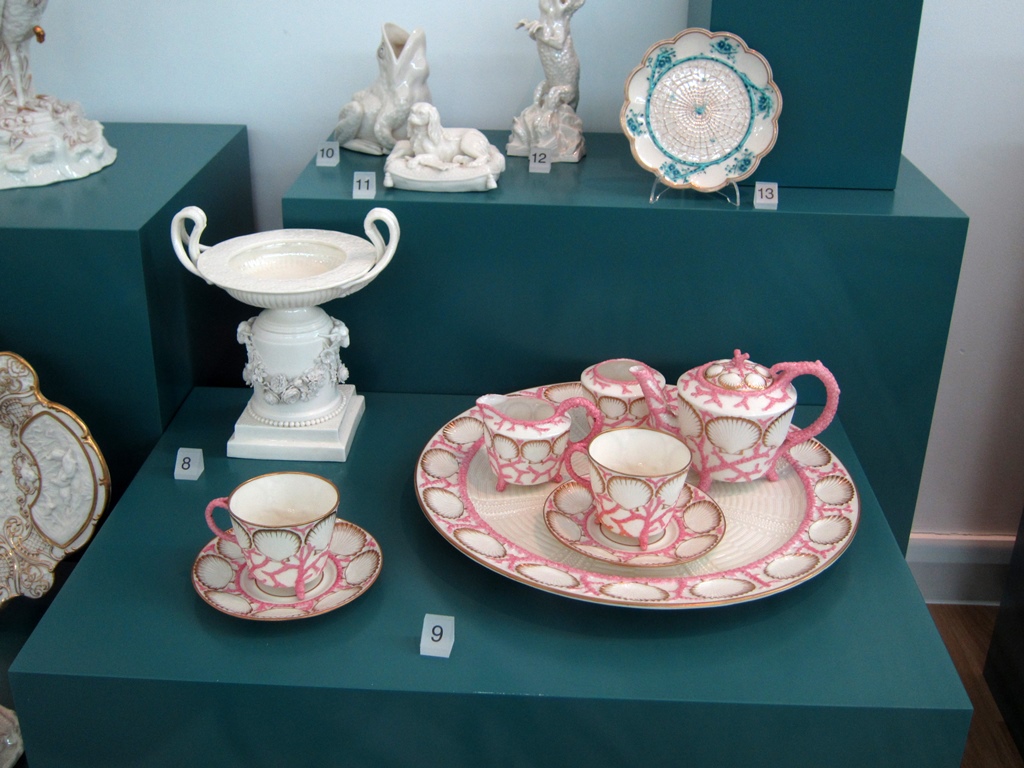
Tea Service, Belleek (Porcelain, 1863-90)
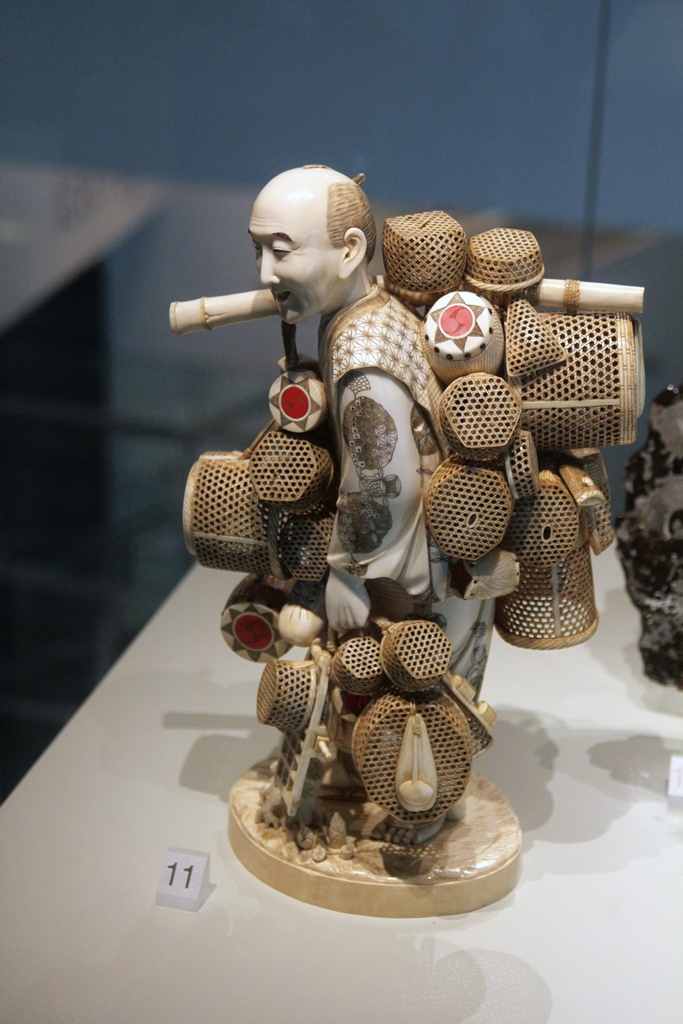
Japanese Guy With Baskets
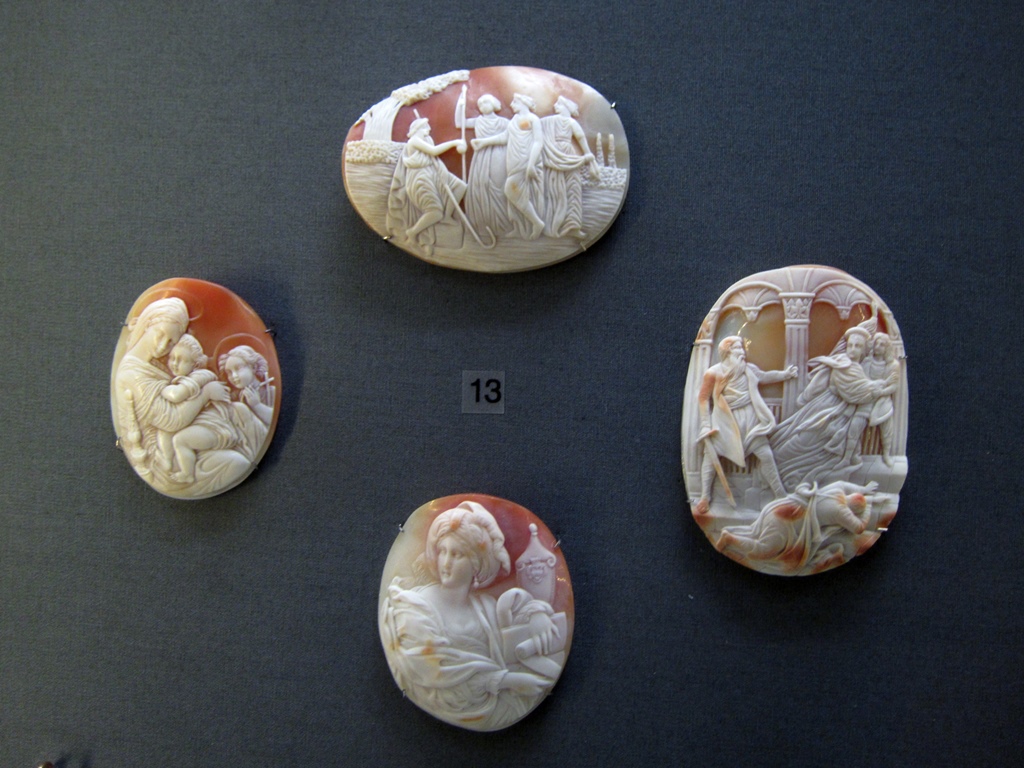
Cameos
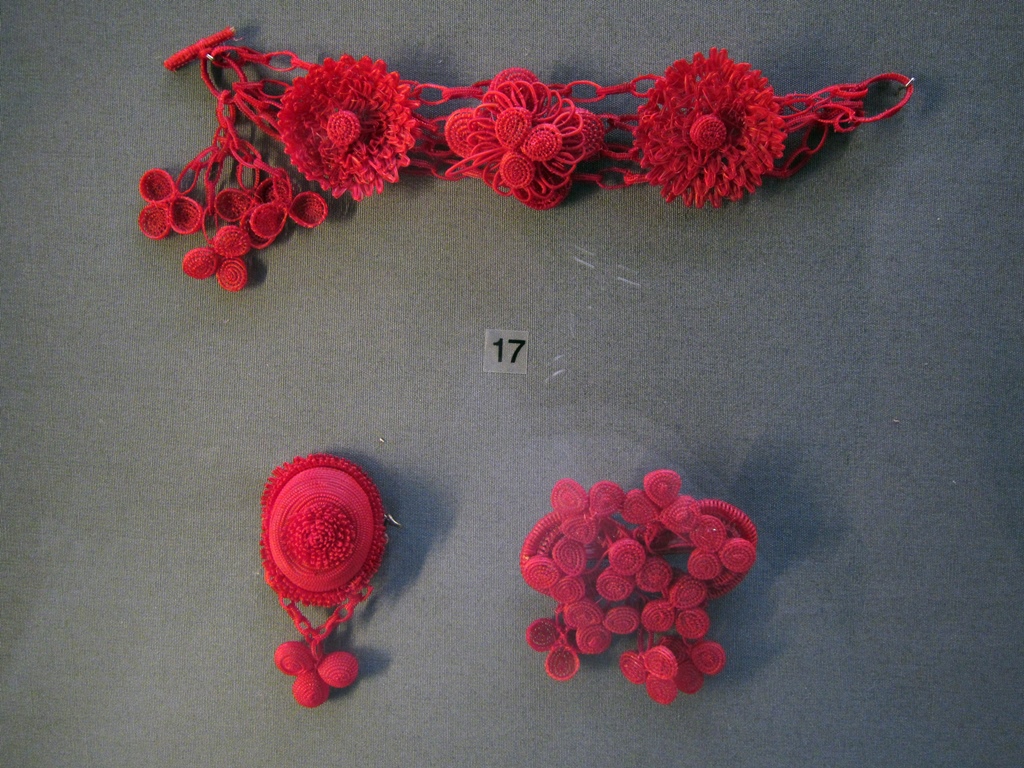
Small Macramé Objects
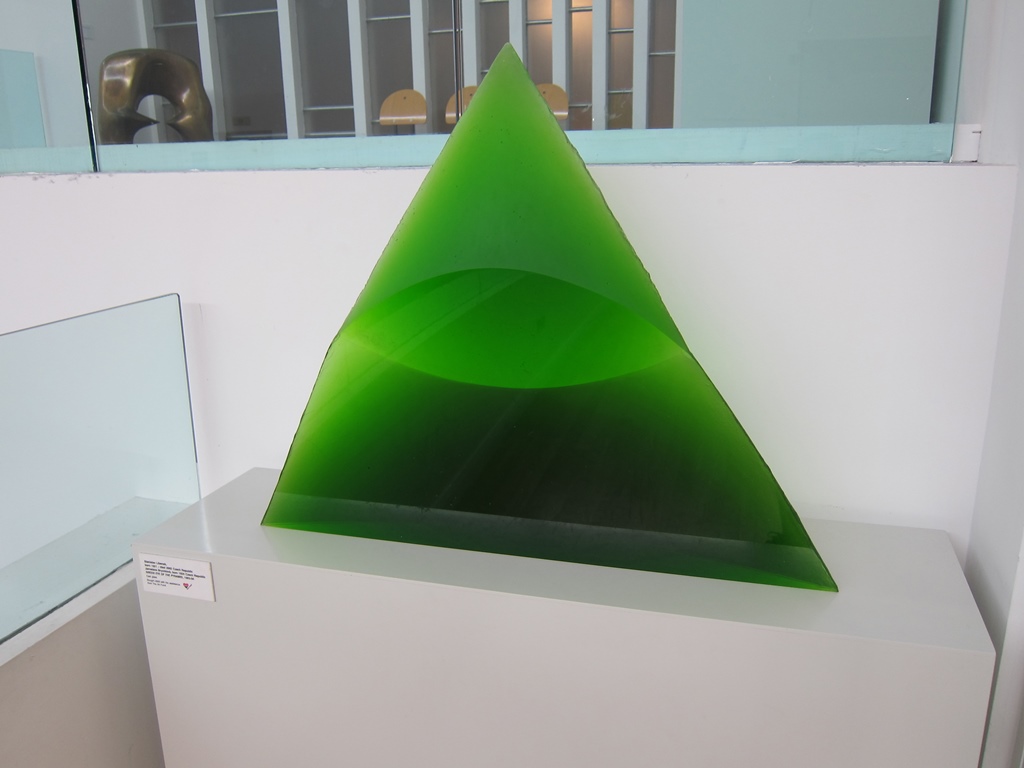
Green Eye of the Pyramid, Stanislav Libensky (1993-96)
Continuing, we made our way through a lot of stuffed birds:
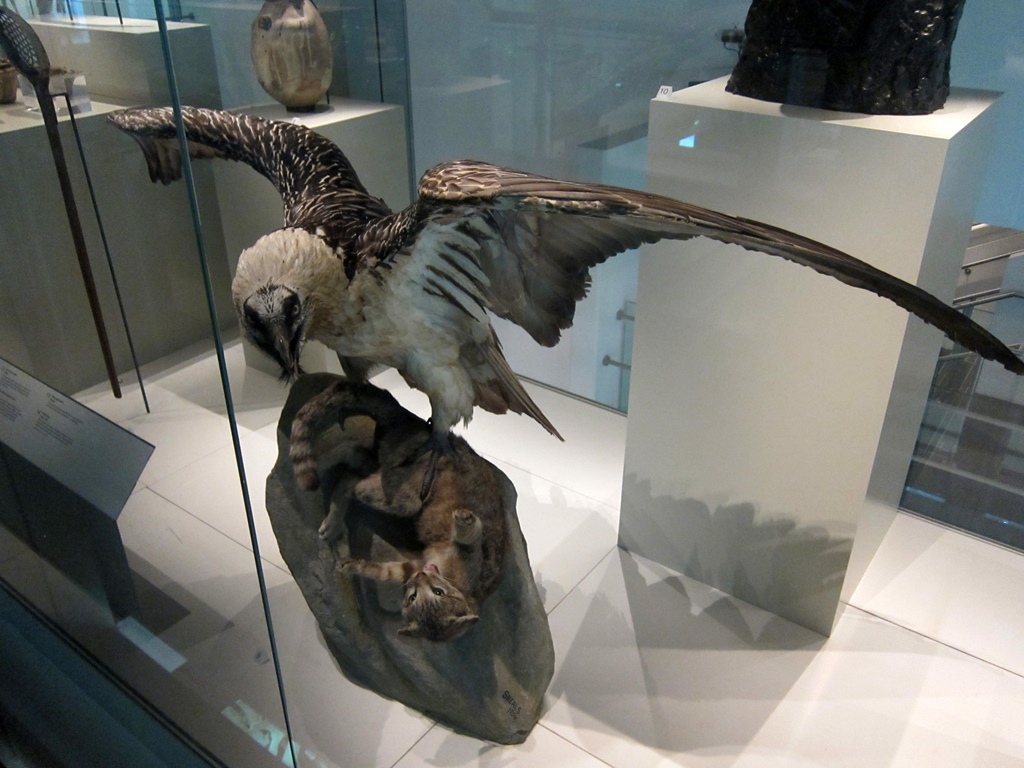
Lammergeier (1904)
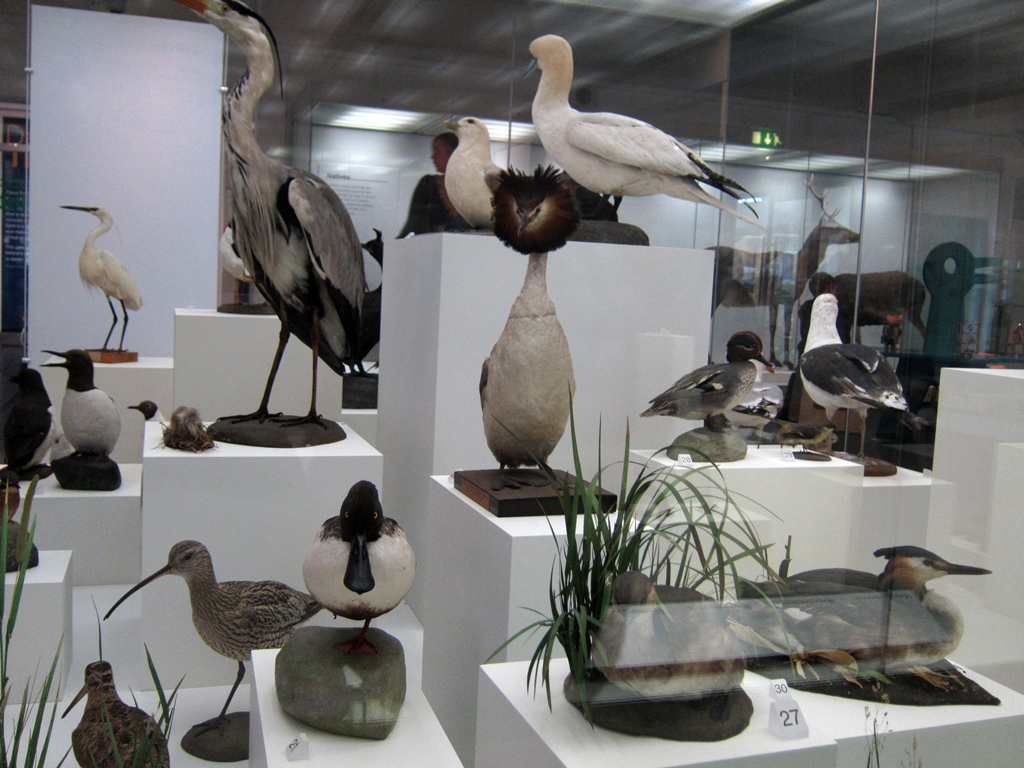
Stuffed Birds
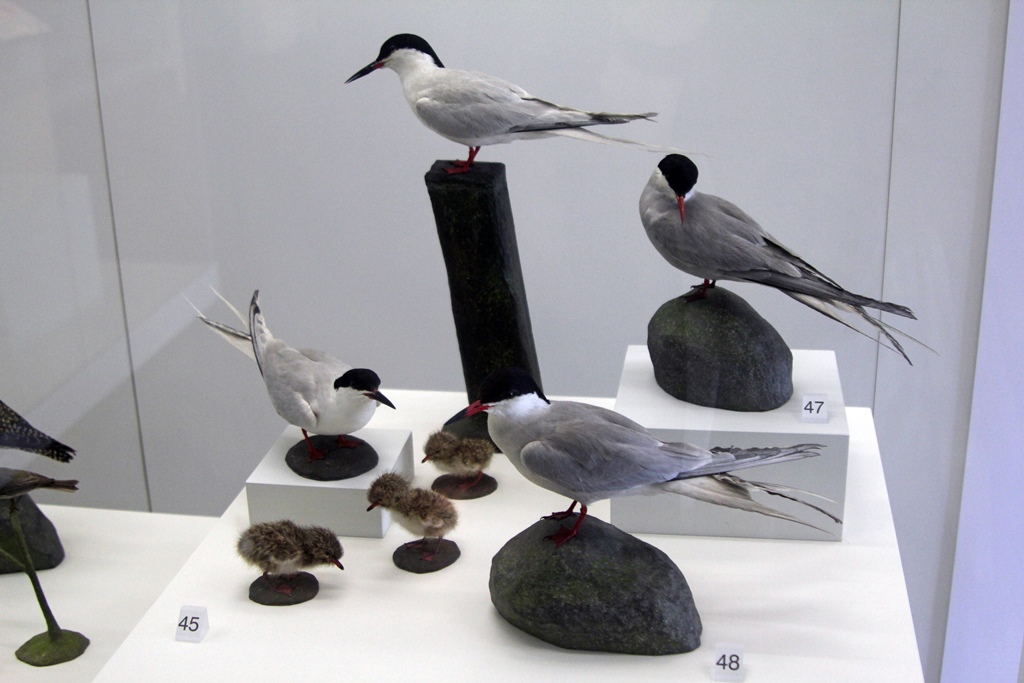
One Good Tern Deserves Another
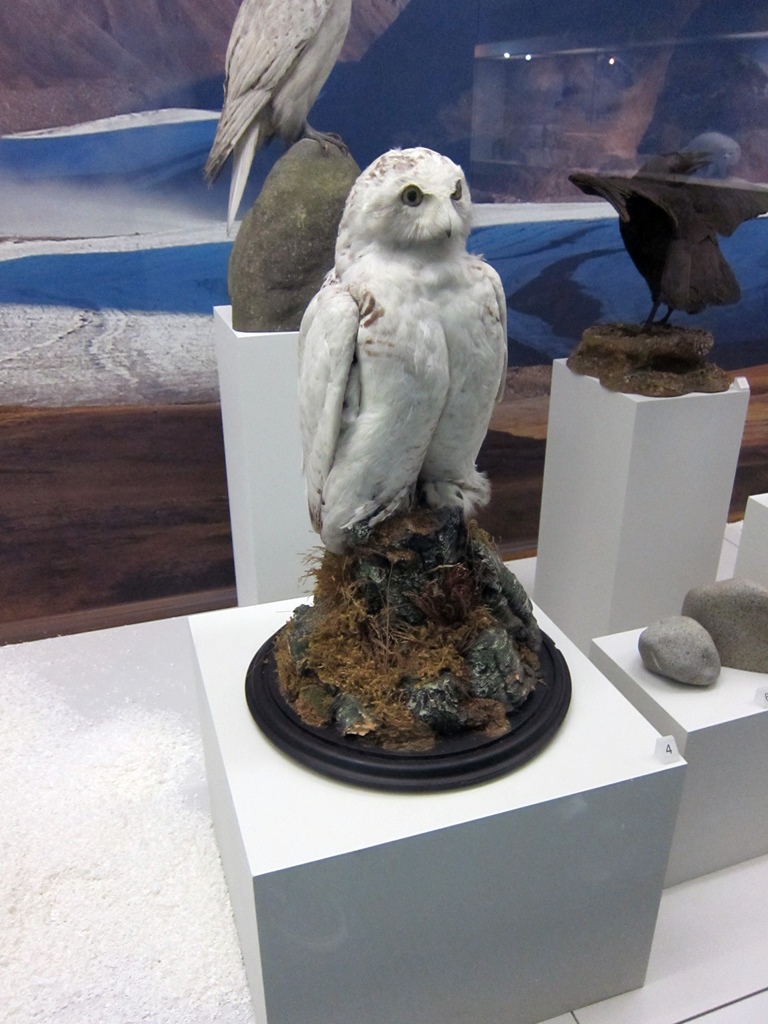
Snowy Owl (~1862)
Stuffed mammals came next:
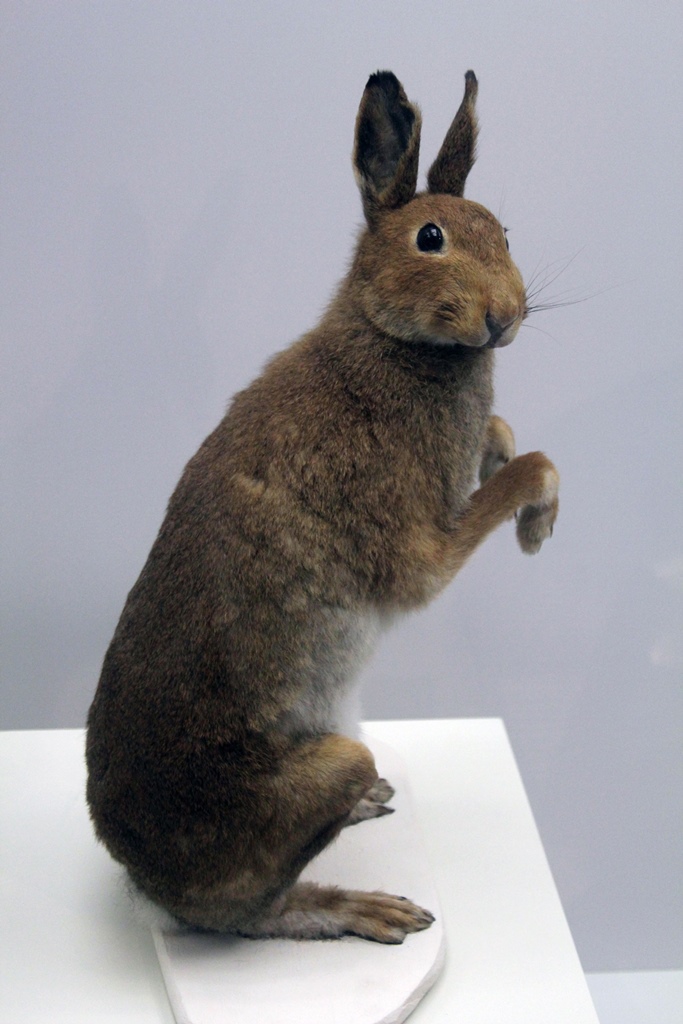
Snowshoe Hare
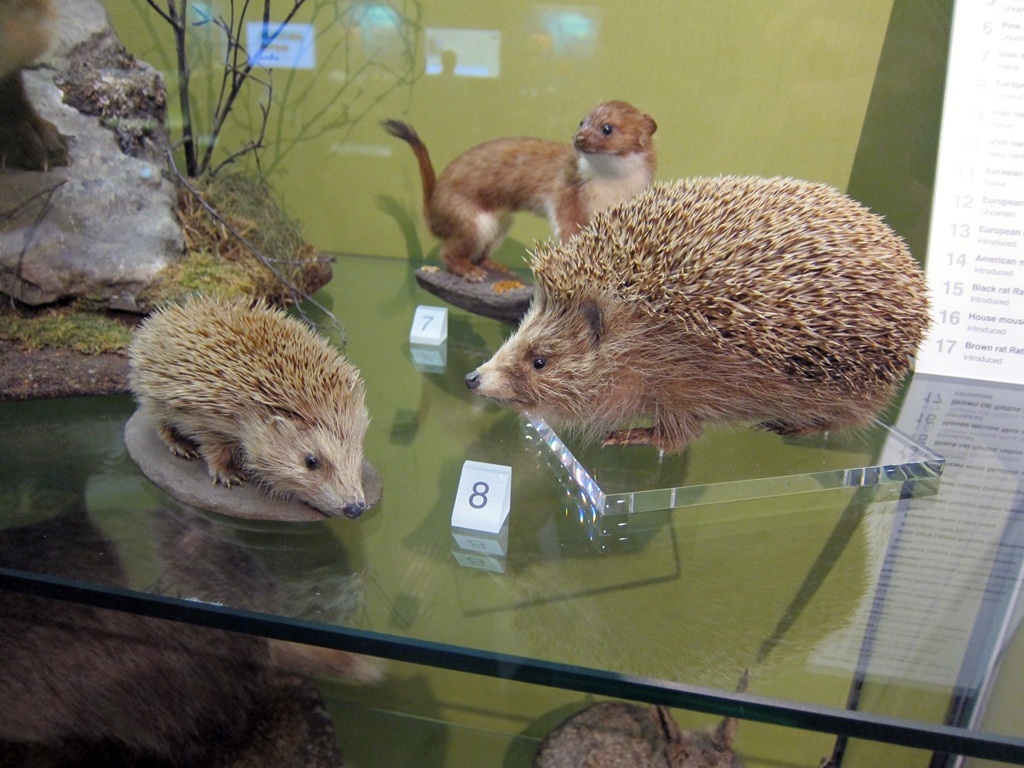
Hedgehogs
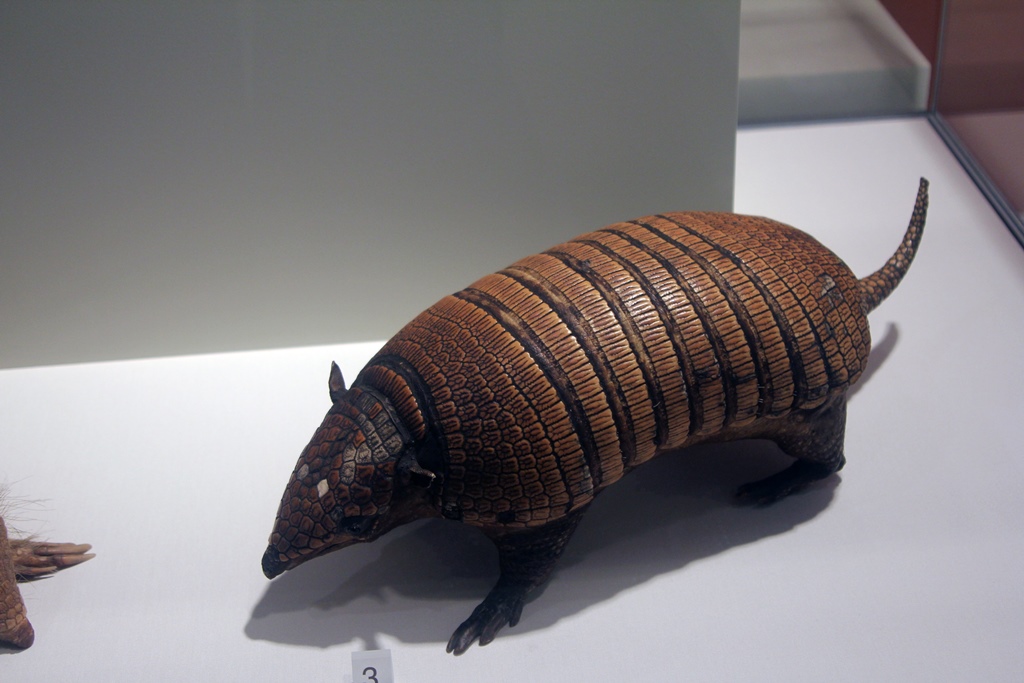
Armadillo
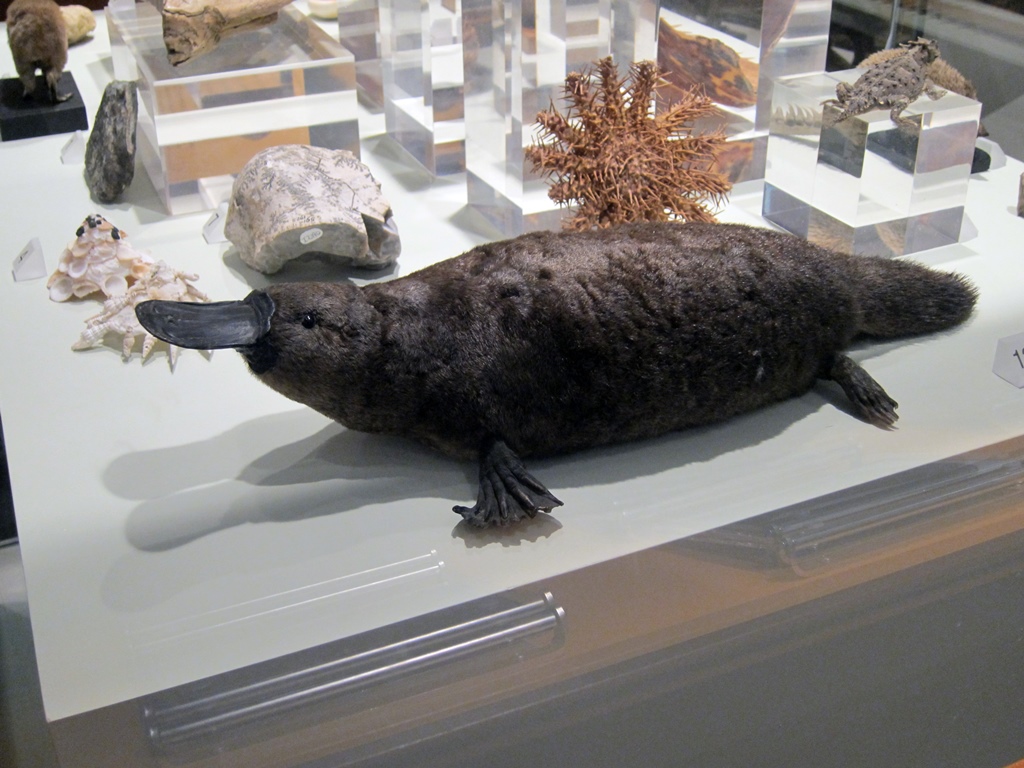
Duck-Billed Platypus
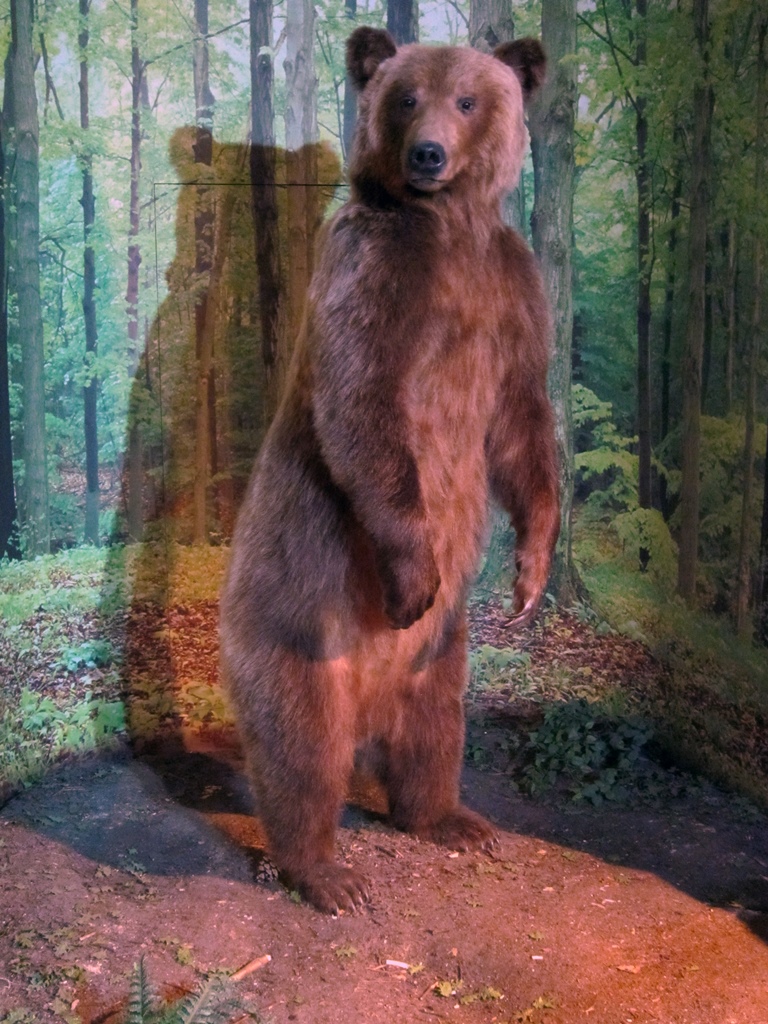
A Bear
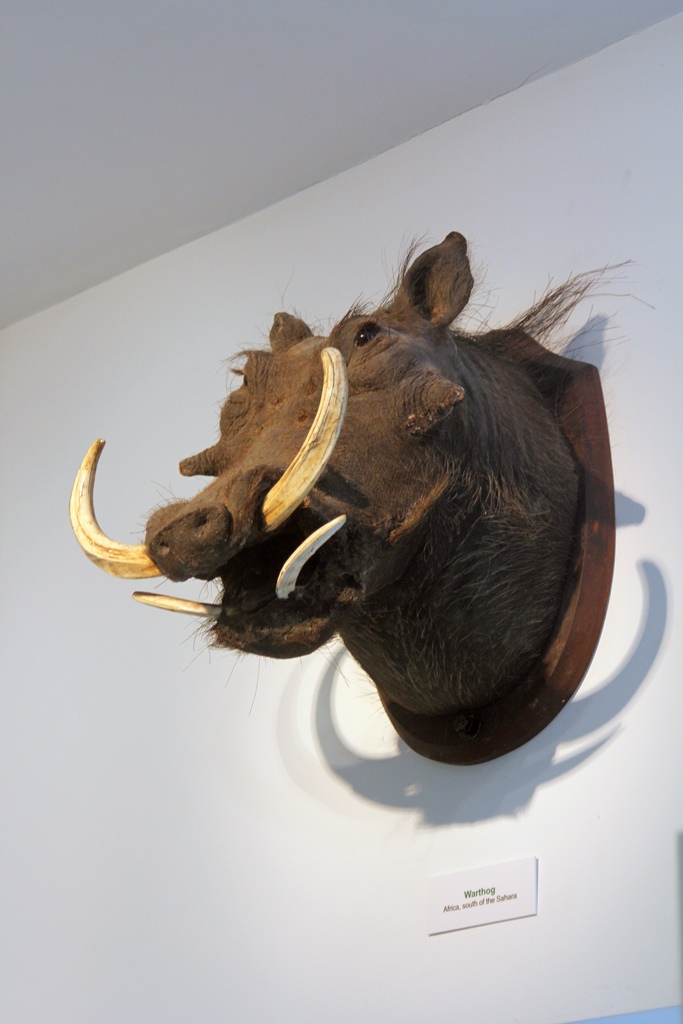
A Warthog
Insects were not forgotten, though this display was not very big:
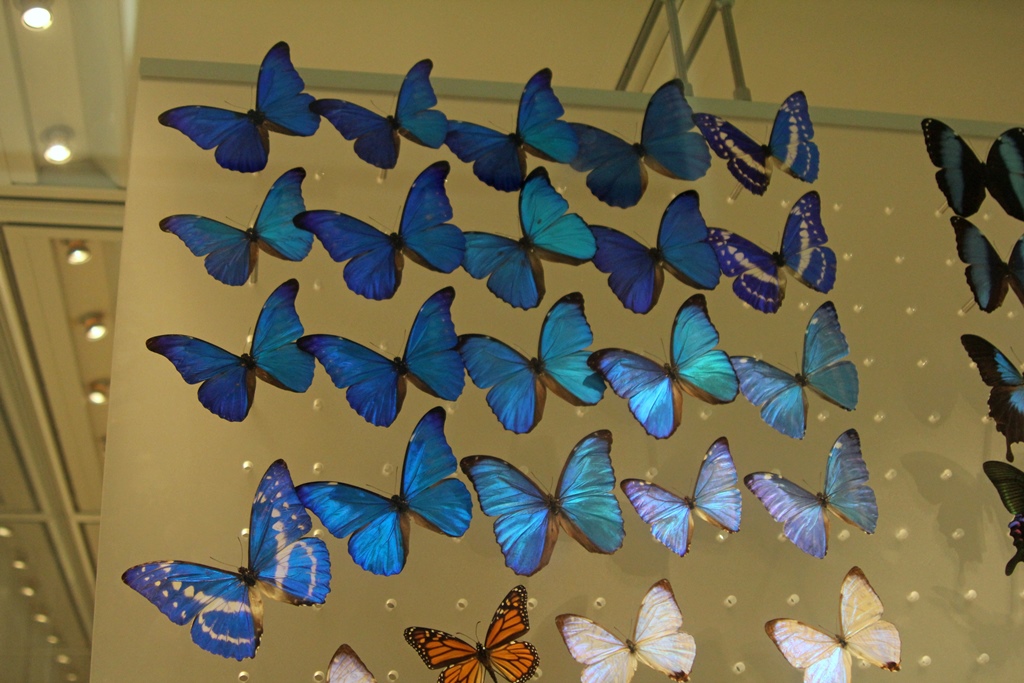
Butterflies
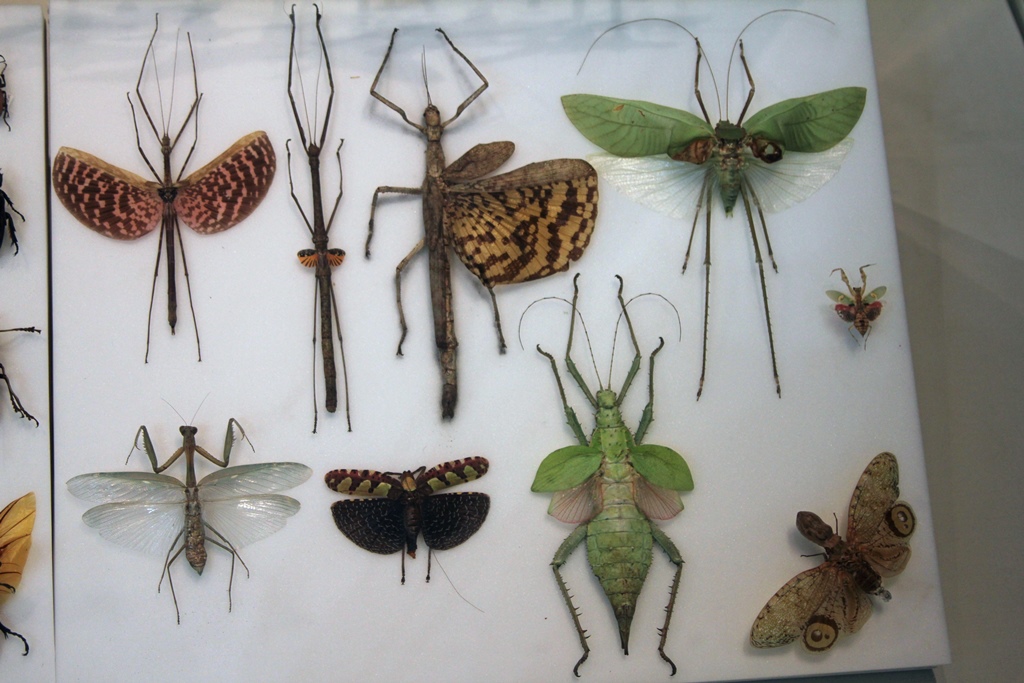
Large Insects
Many rocks and minerals were attractively displayed.
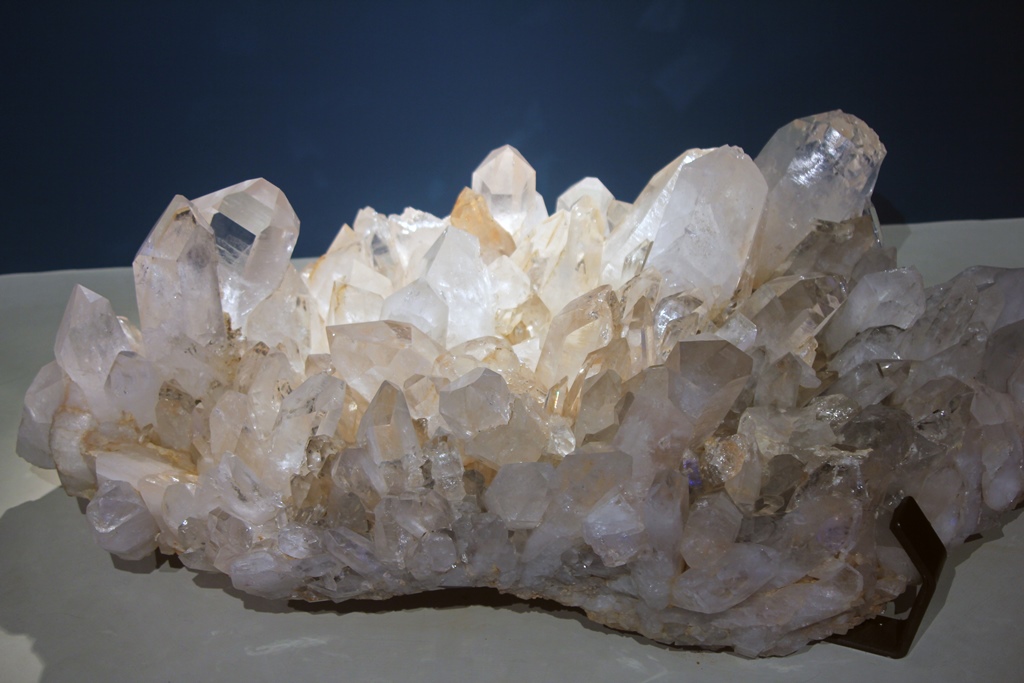
Quartz
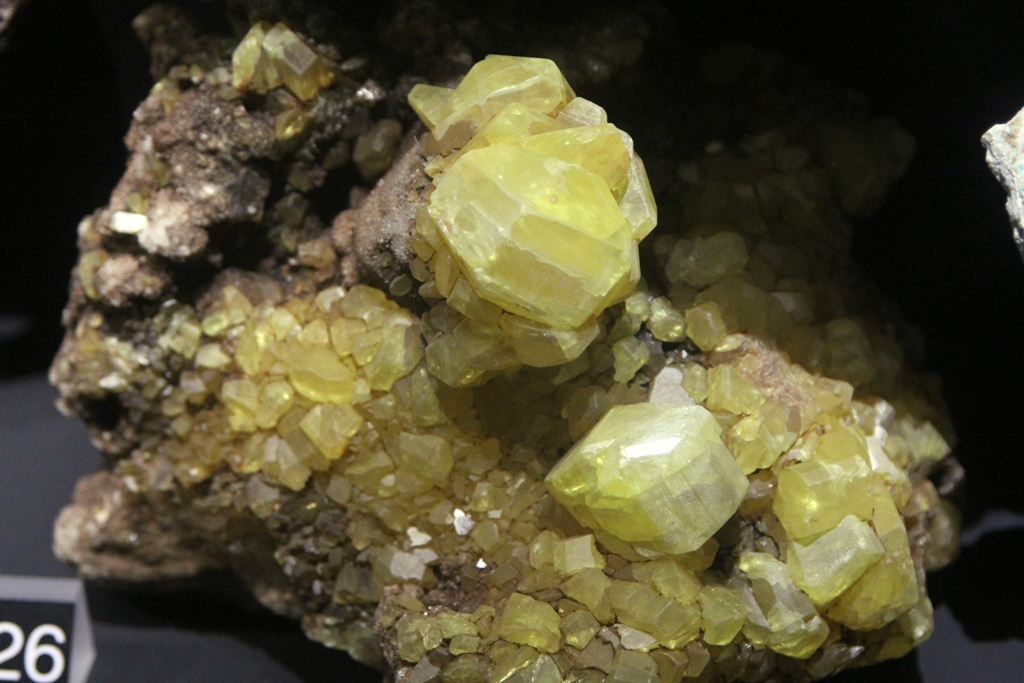
Crystallized Sulphur
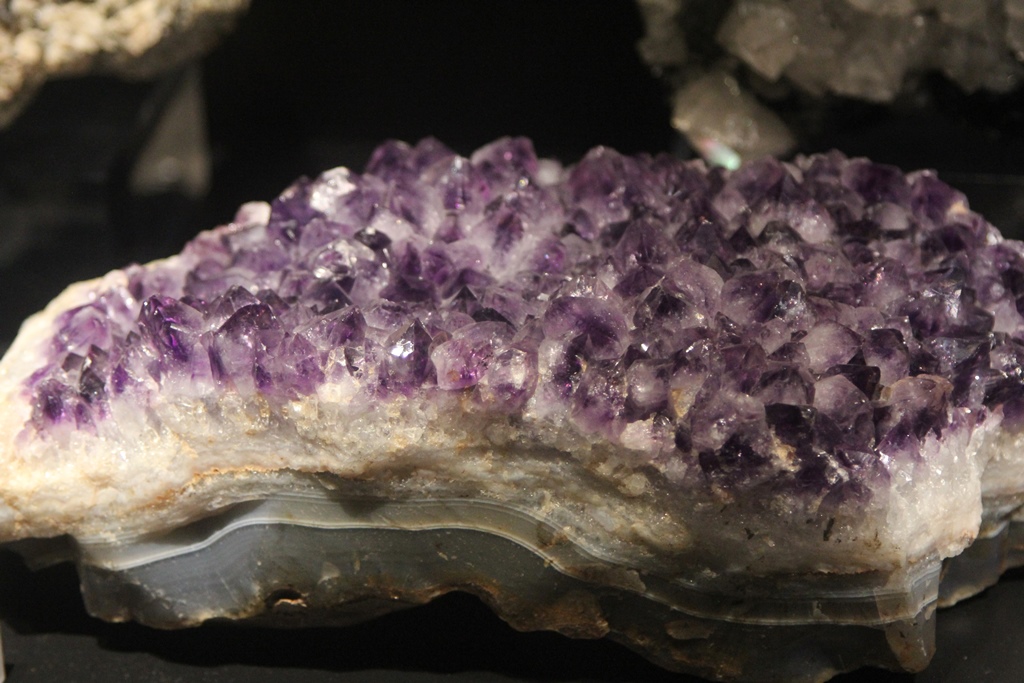
Amethyst
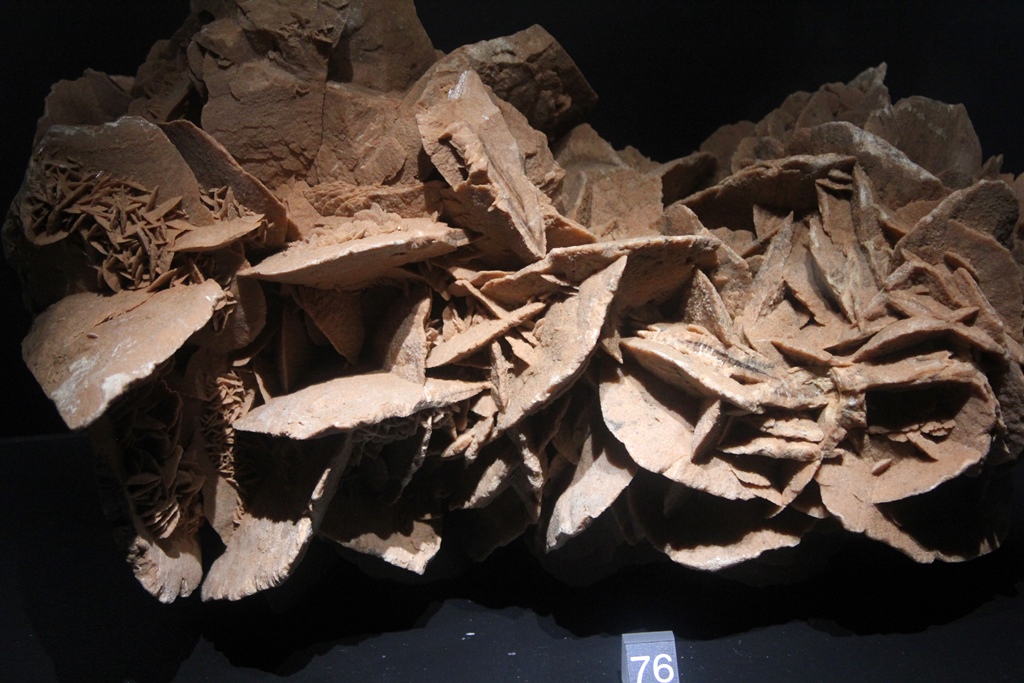
Gypsum
Scolecite
This was followed by remains of extinct or endangered creatures:
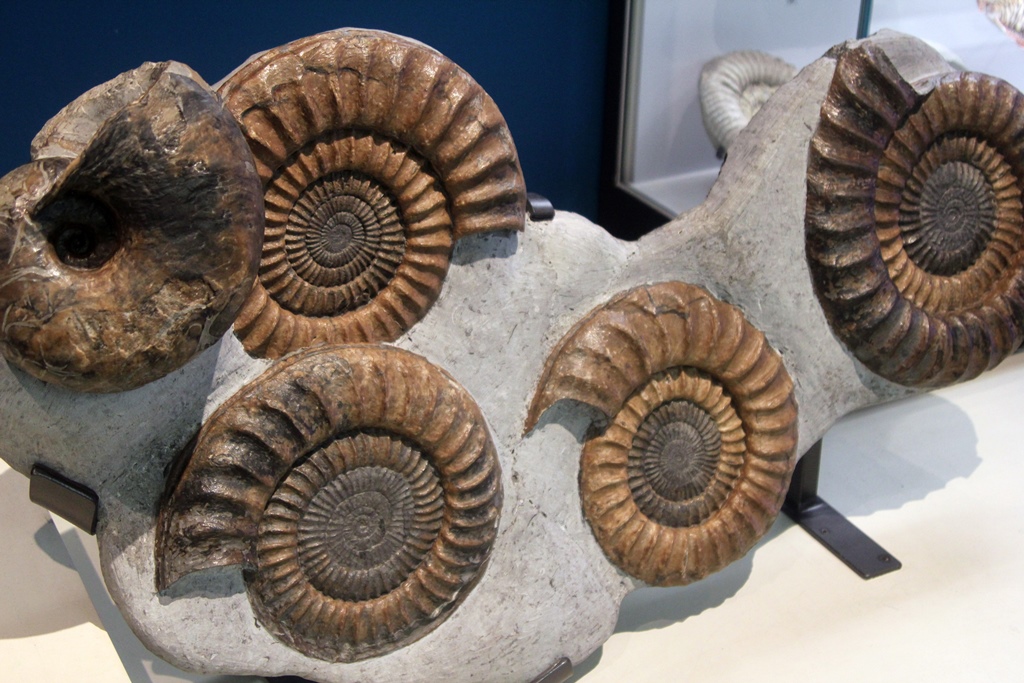
Ammonites
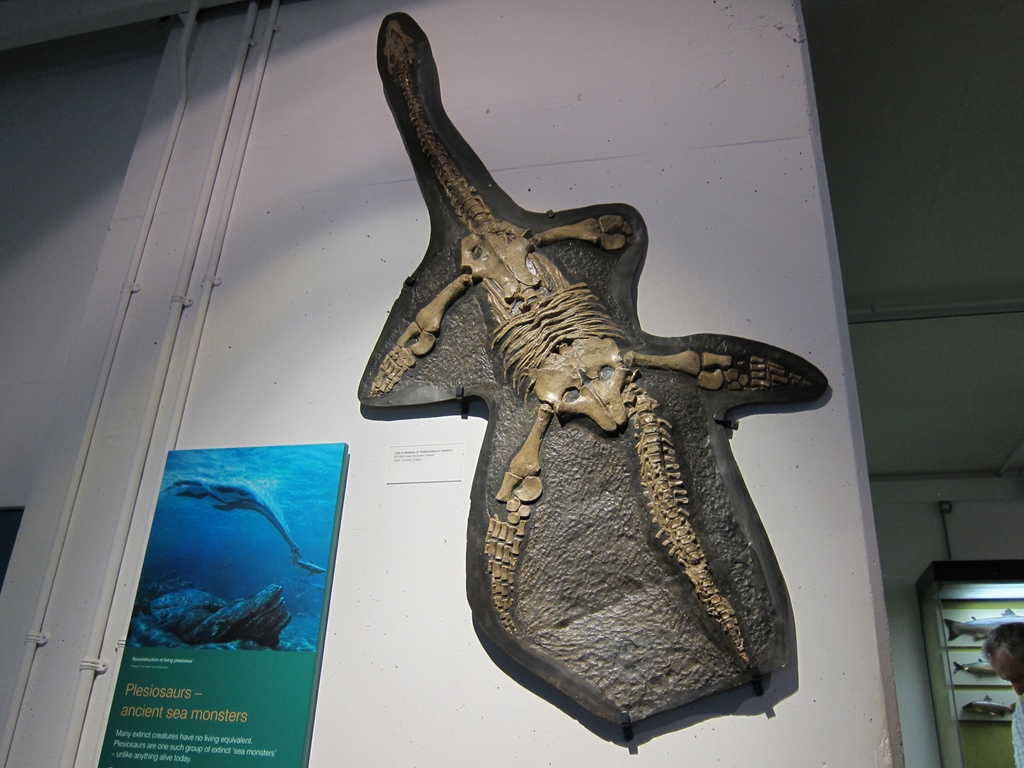
Plesiosaur
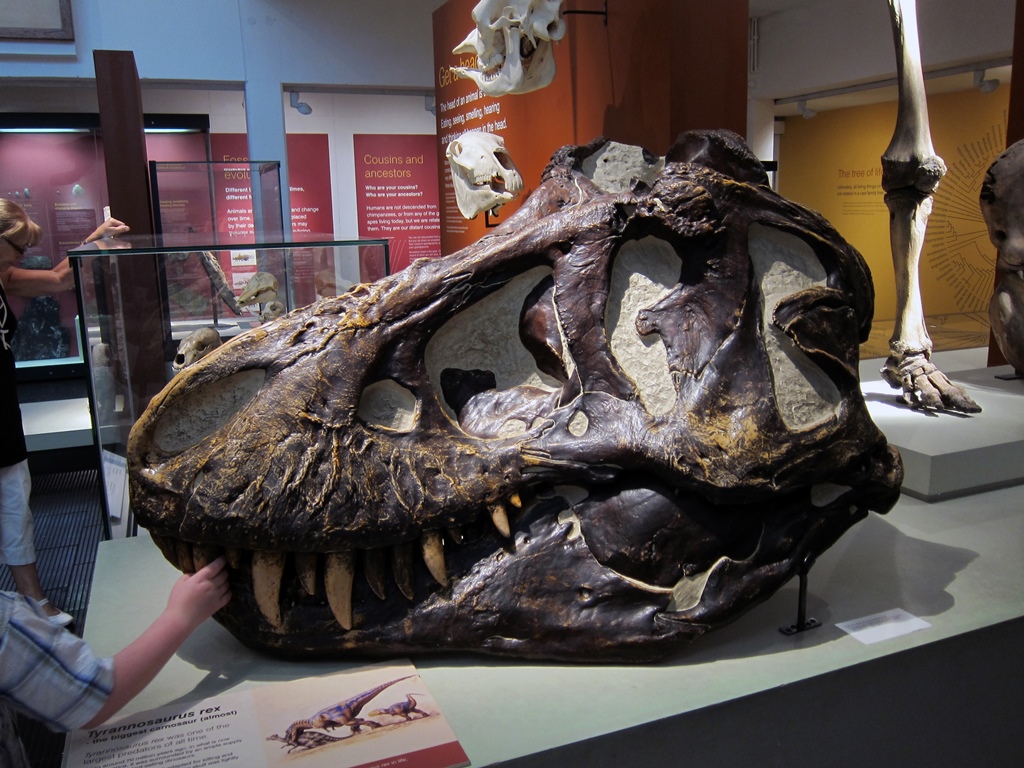
Tyrannosaurus Rex Skull
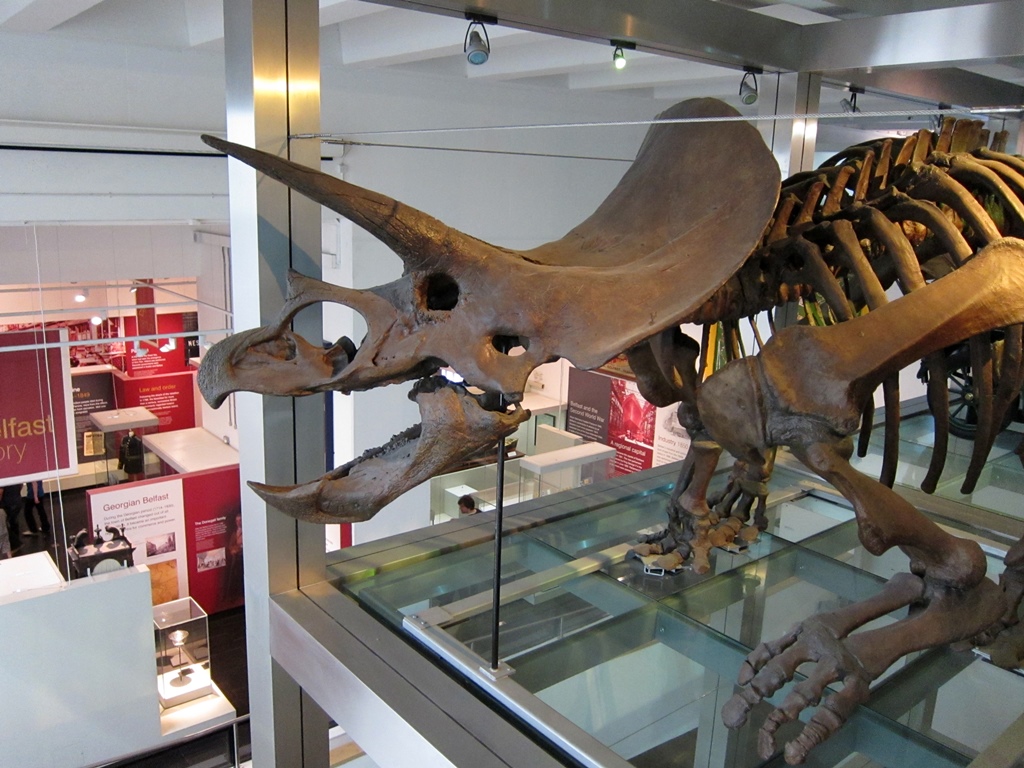
Triceratops
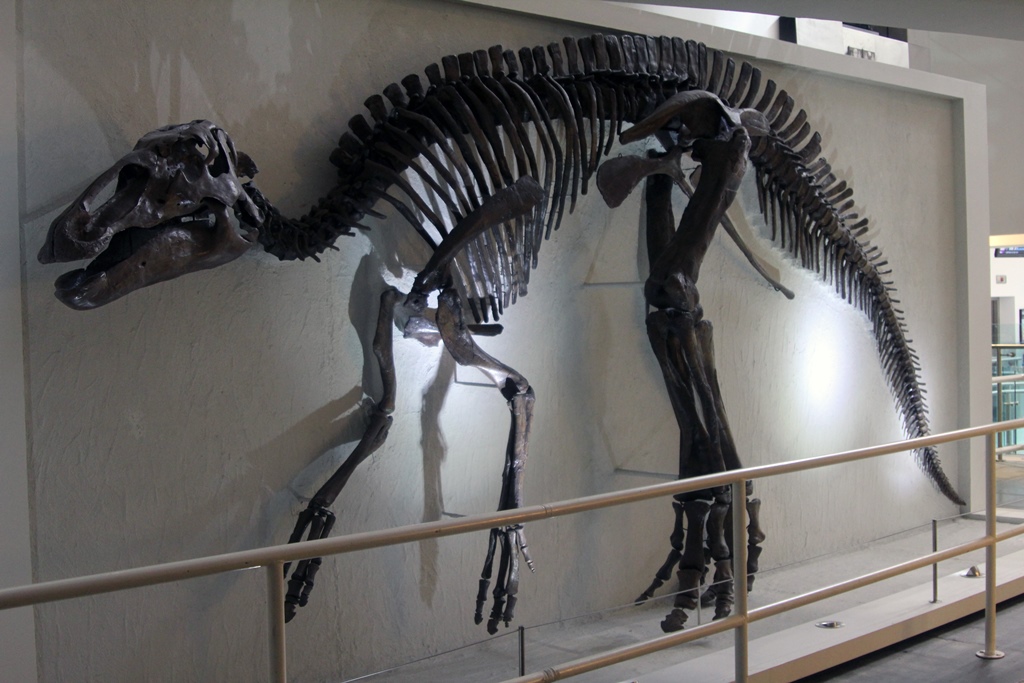
Edmontosaurus
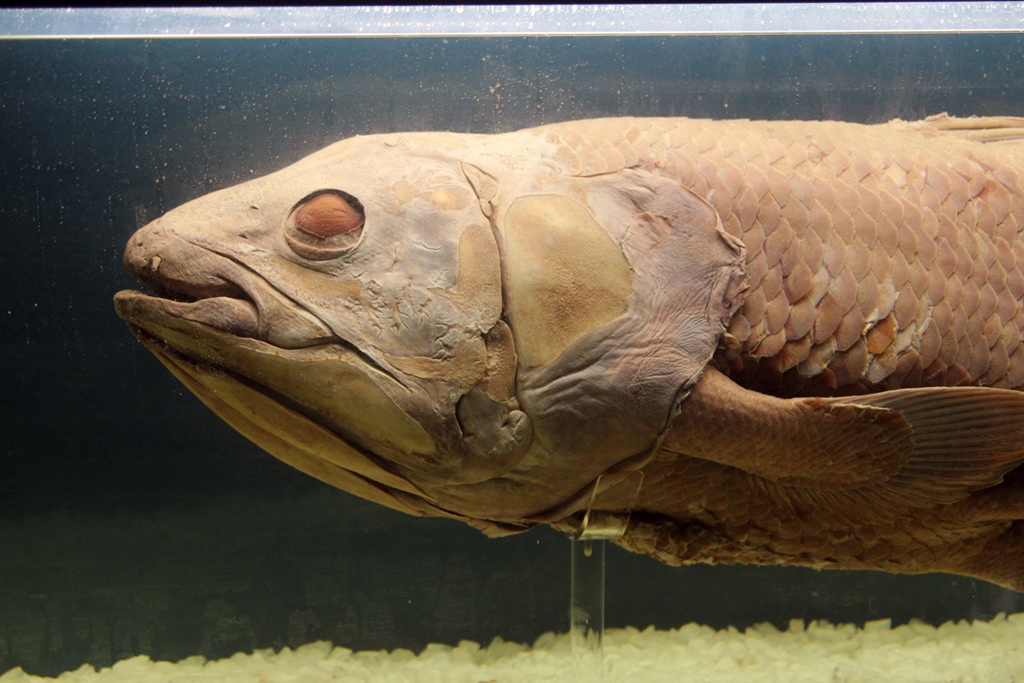
Coelacanth (not extinct - just looks prehistoric)
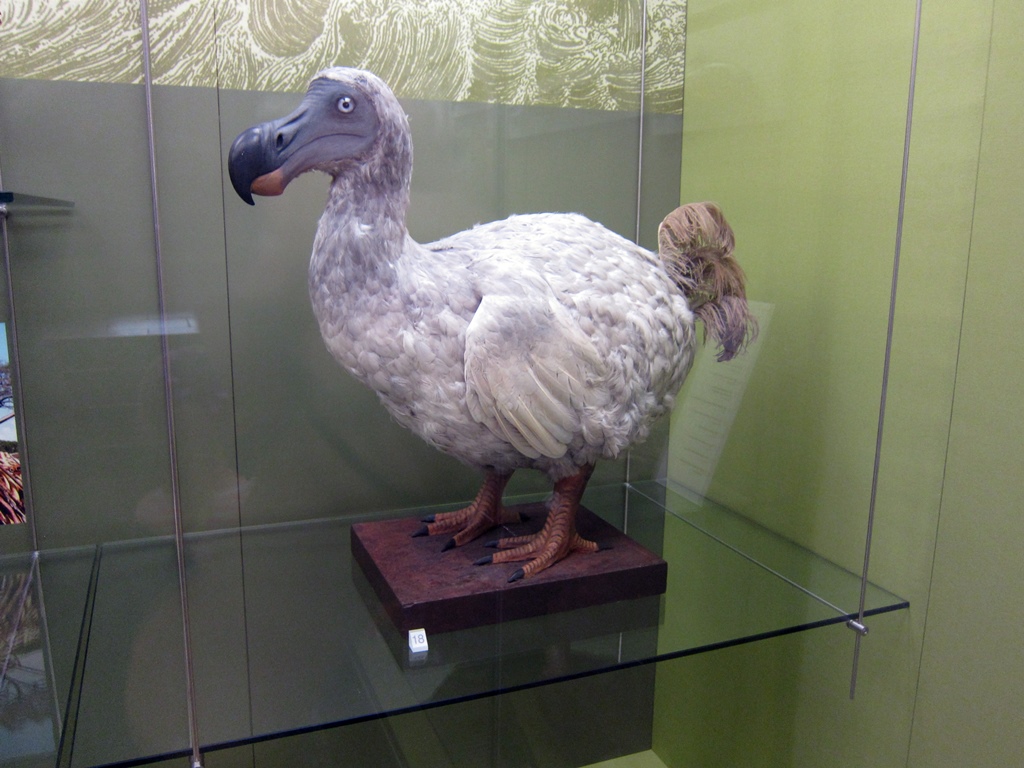
Dodo Bird
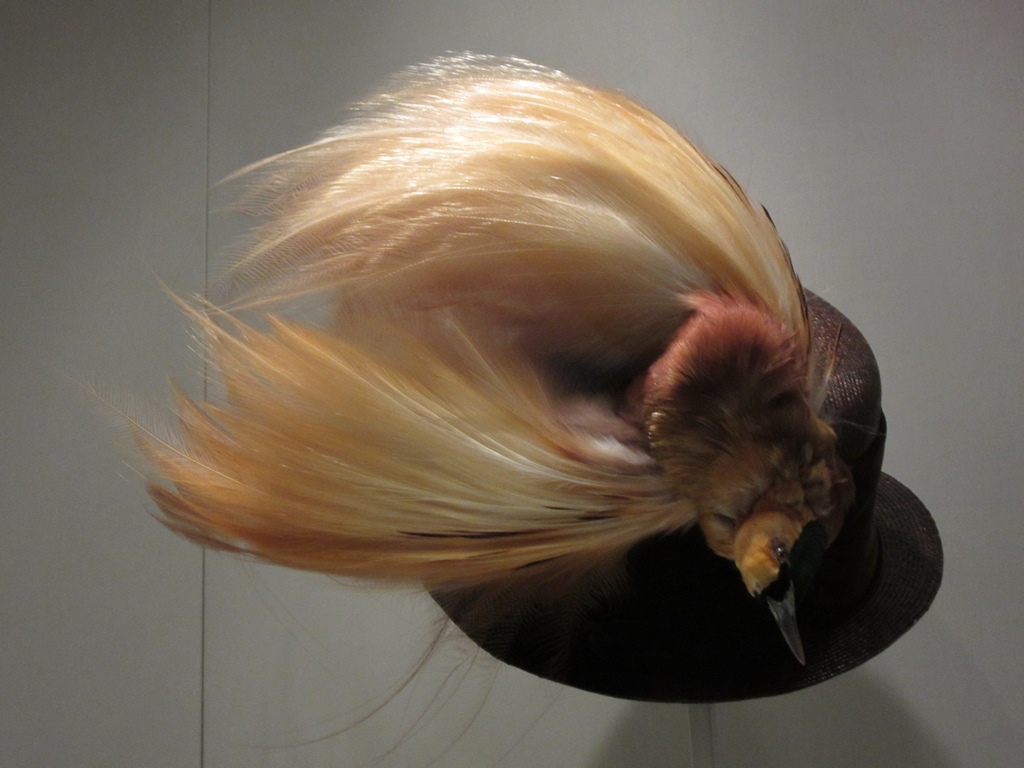
Bird of Paradise Hat (also not extinct)
Irish Elk
We veered into human history at this point, finding a small ancient
Egyptian exhibit.
Mummy Case of Tjesmutperet
There was a fairly elaborate exhibit covering the wreck of a ship called
the Girona, from 1588. The Girona was a ship from the Spanish
Armada, a vast fleet of warships that was decisively defeated in that year
by the British (and some bad weather). Some of the surviving Spanish ships,
including the Girona, were attempting to take a roundabout route back
home (see map), and the Girona ended up sinking off the northern coast
of Ireland. A number of artifacts from the wreck have been recovered, and
many of these were on display.
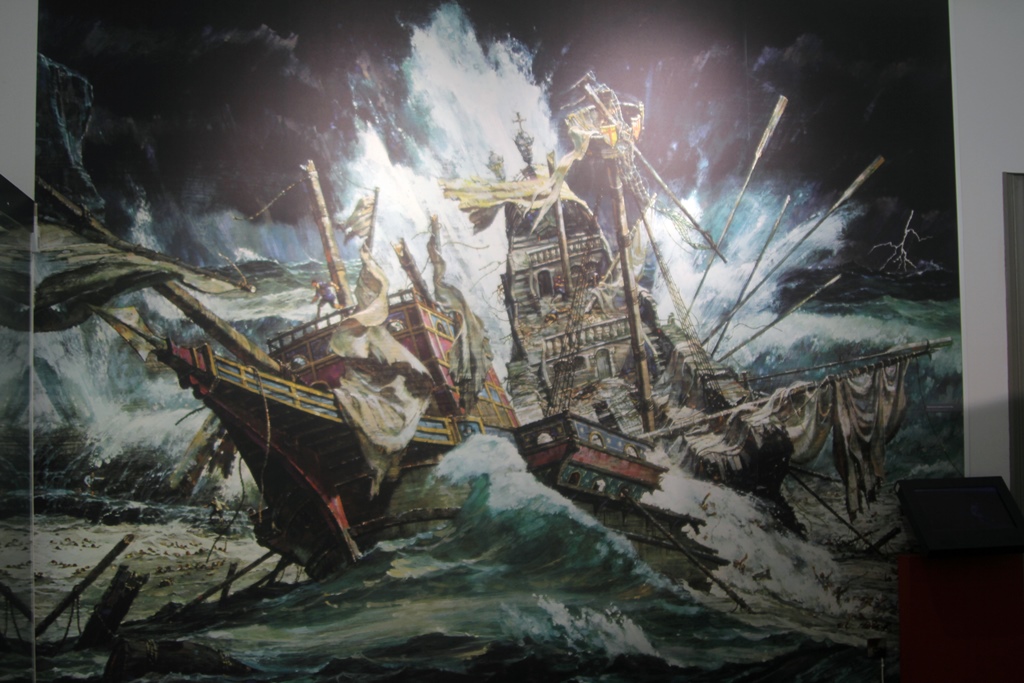
Illustration of Girona Wreck
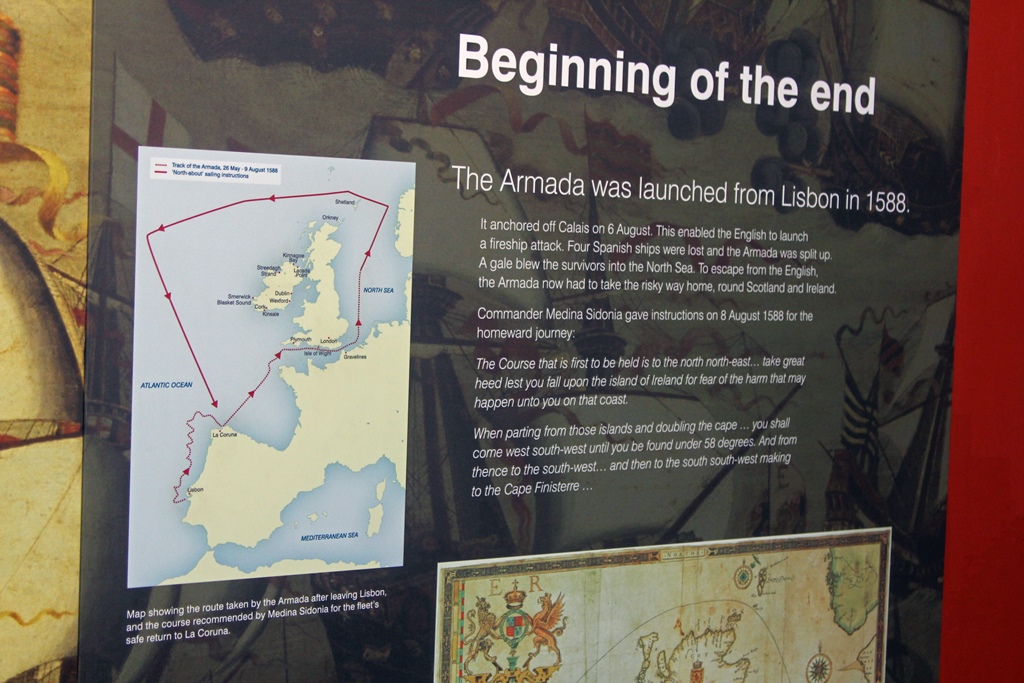
Route of Spanish Armada
Gold Coins
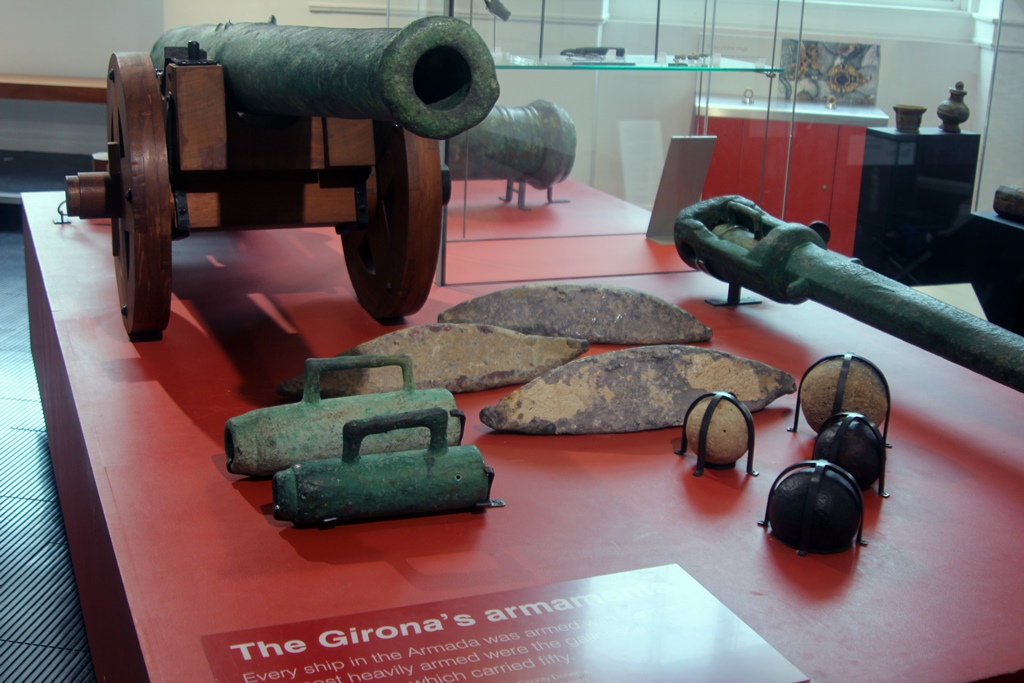
Cannon and Armaments
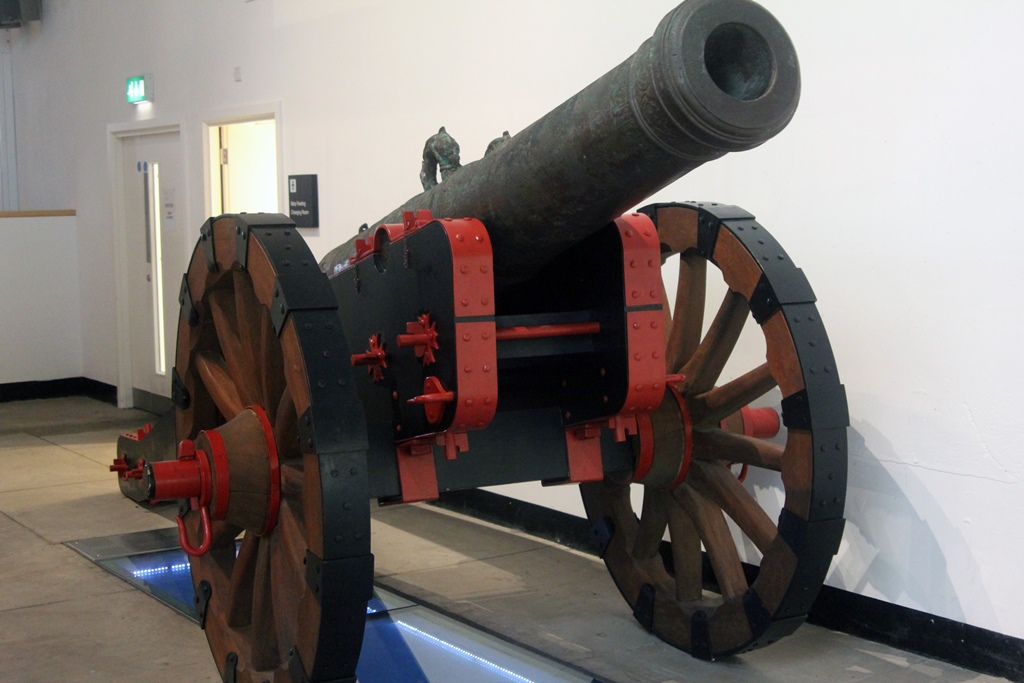
Siege Gun (Spain, 1588)
This was followed by exhibits more specific to Irish history.
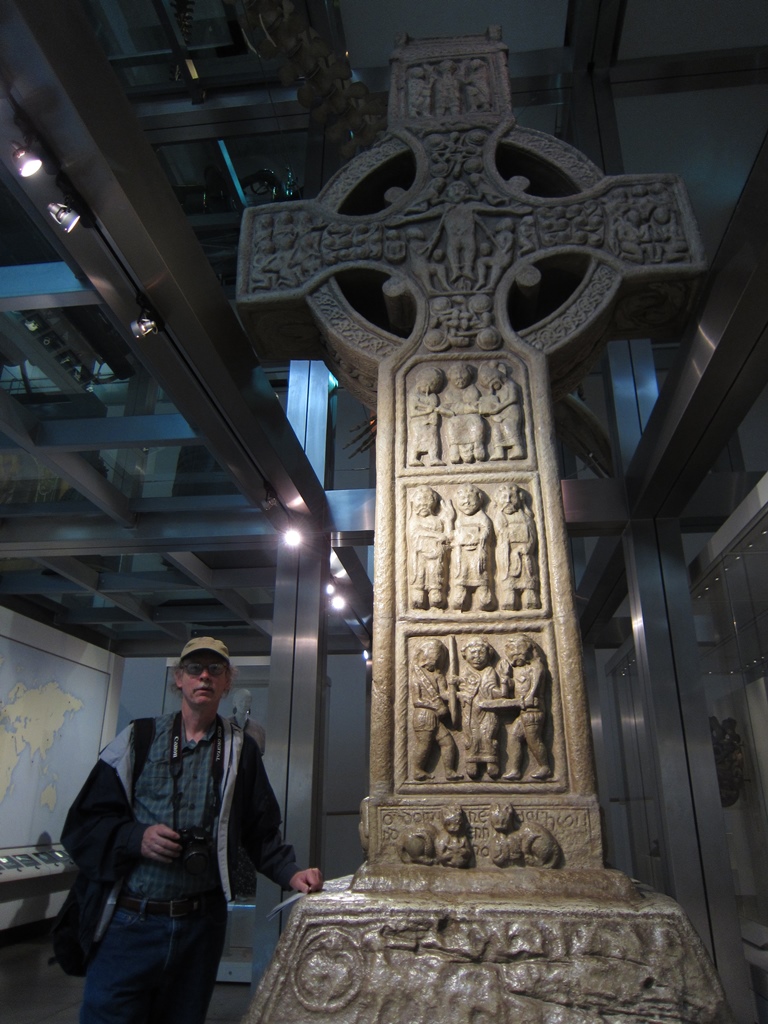
Bob and Celtic Cross
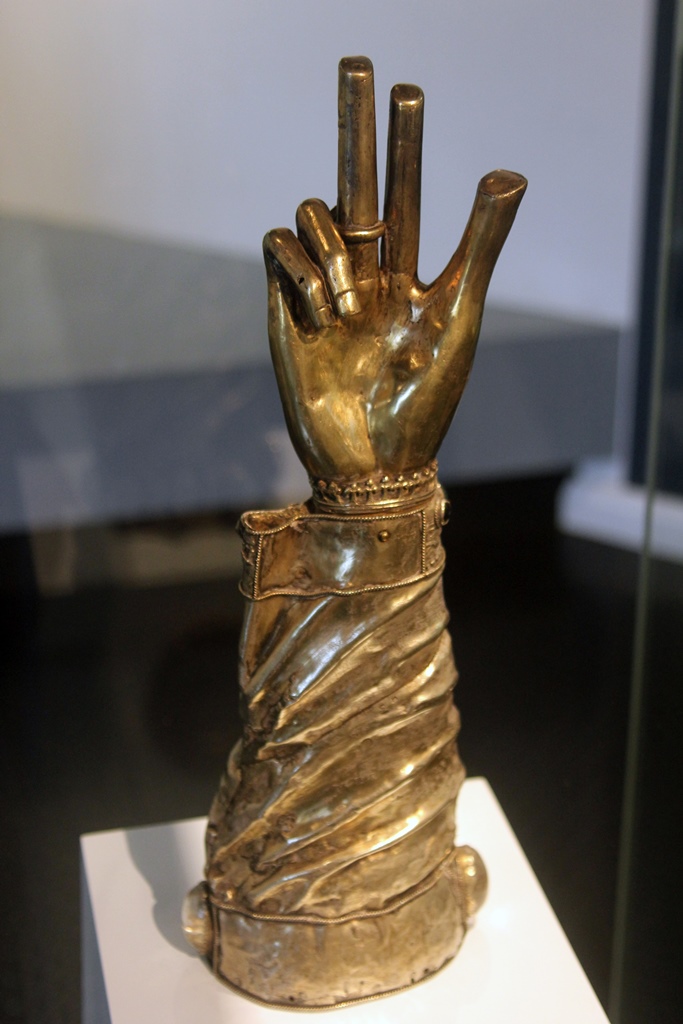
Shrine of St. Patrick's Hand (14th-15th Century)
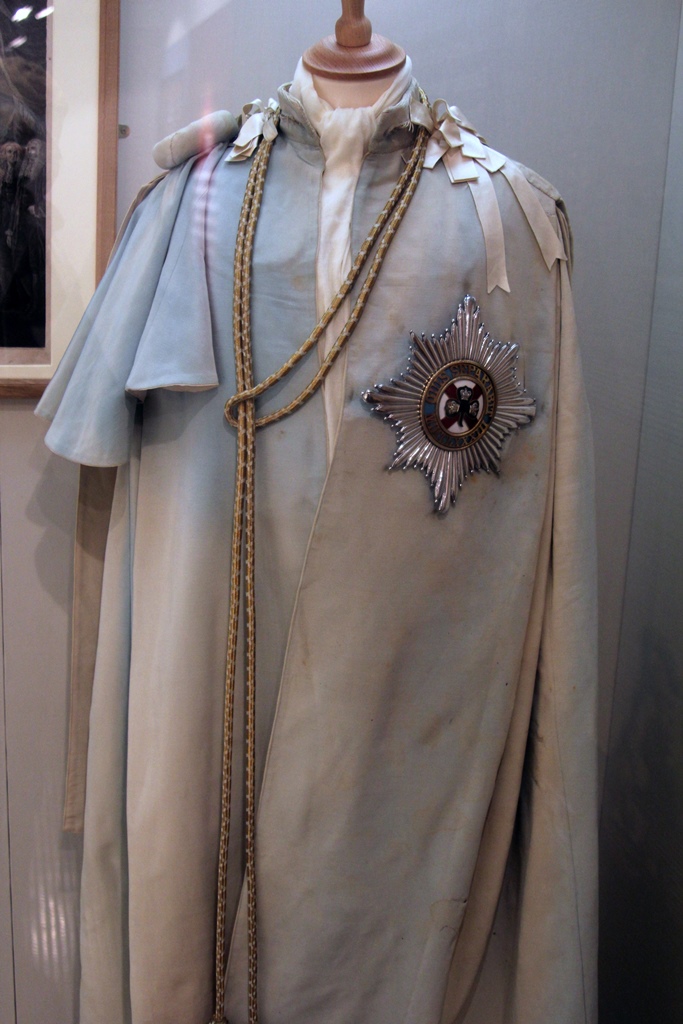
Robes of the Order of St. Patrick
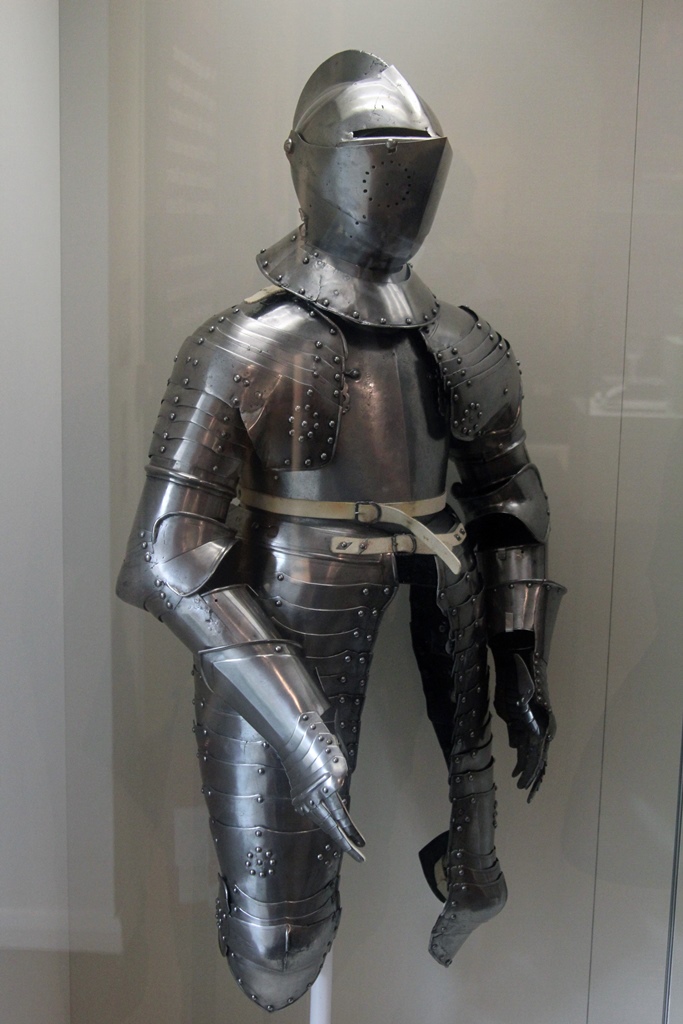
Cuirassier's Armor (Dutch, ca. 1640)
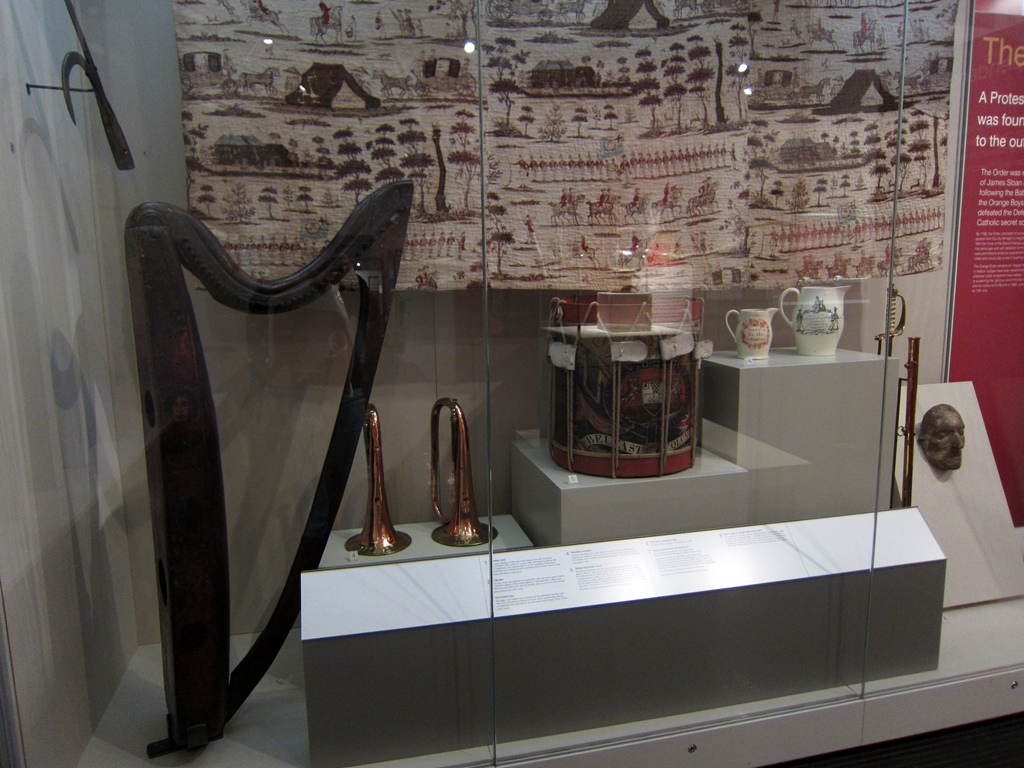
O'Neill Harp, Volunteer Trumpets and Drum (18th Century)
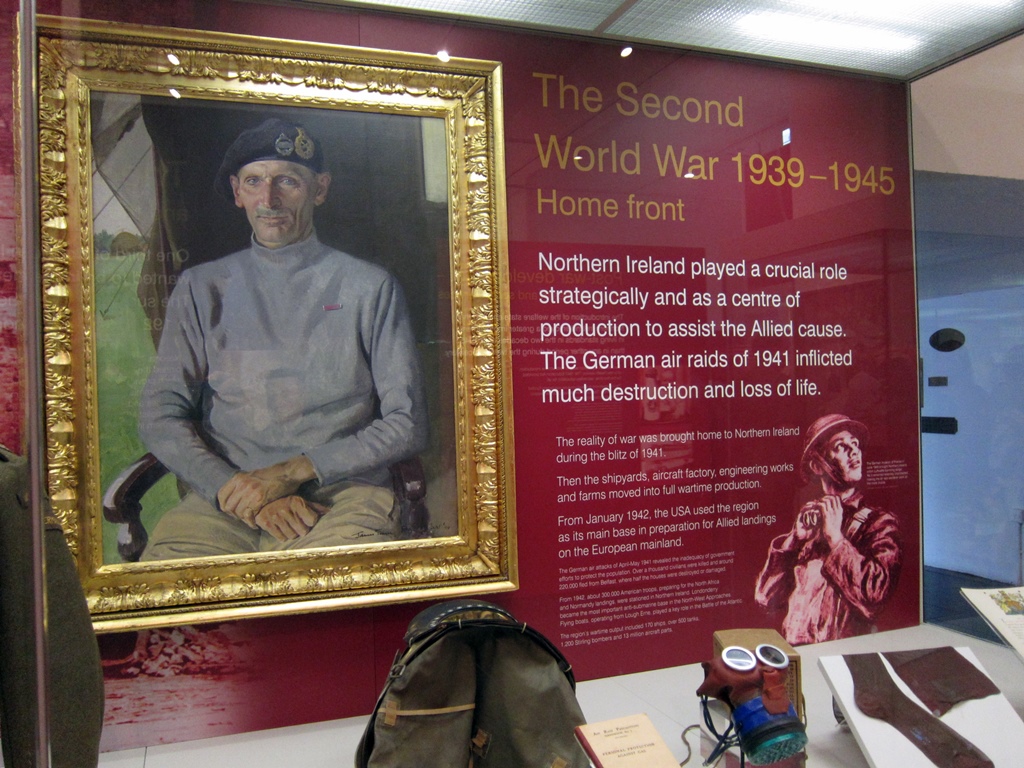
World War II Display
Timeline of The Troubles
And there were exhibits whose connection with Ulster or with each other
didn't immediately spring to mind:
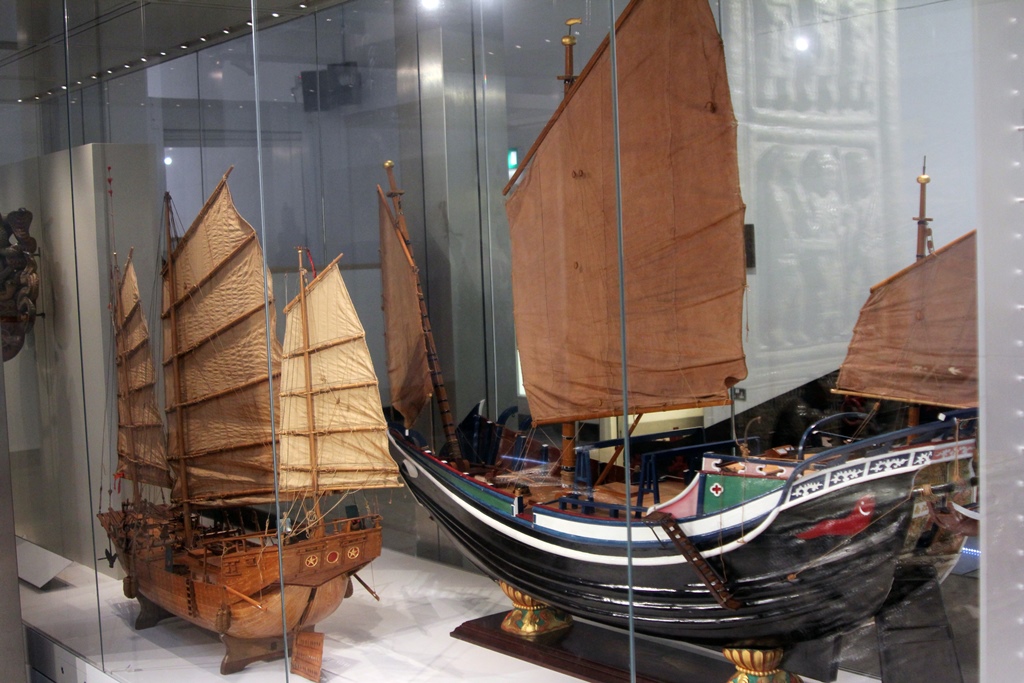
Models of Chinese Boats
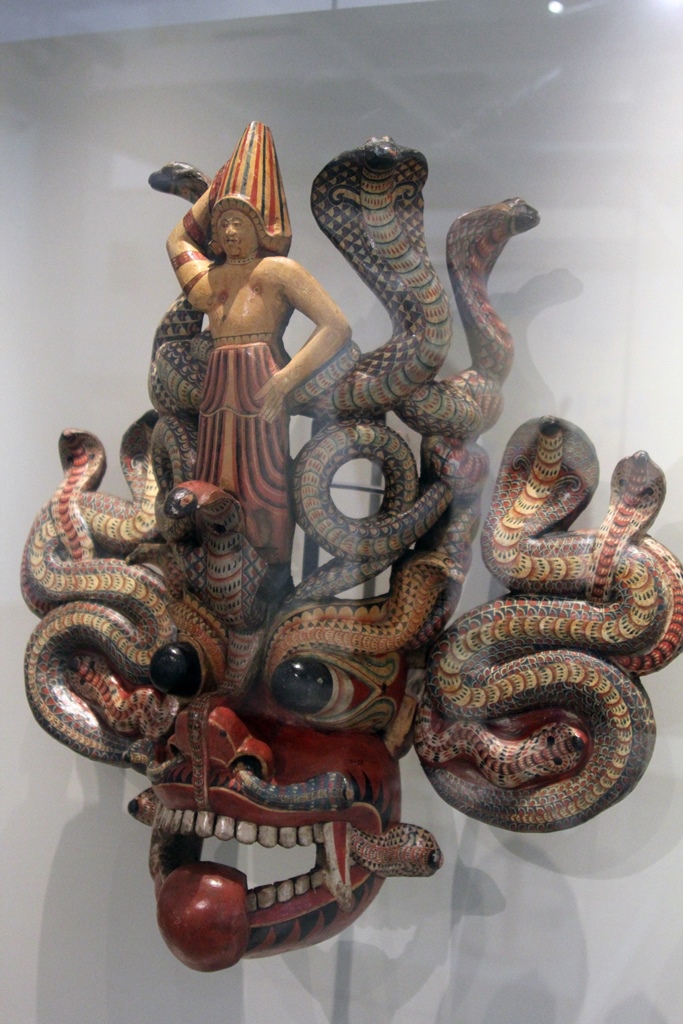
Snake Mask (Sri Lanka, 19th C.)
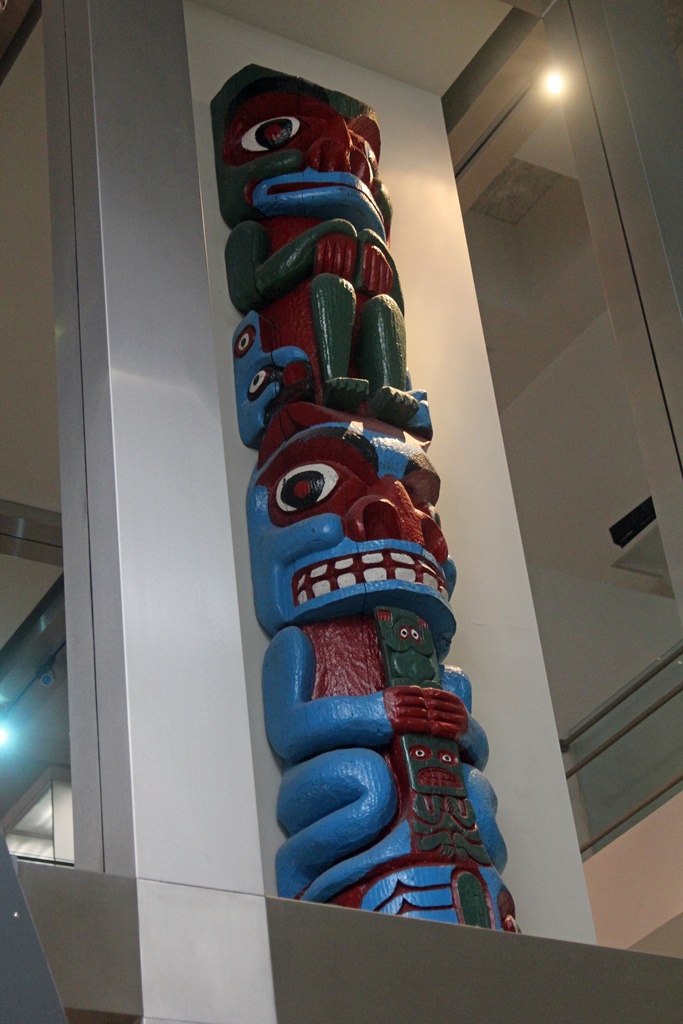
Totem Pole (North American)
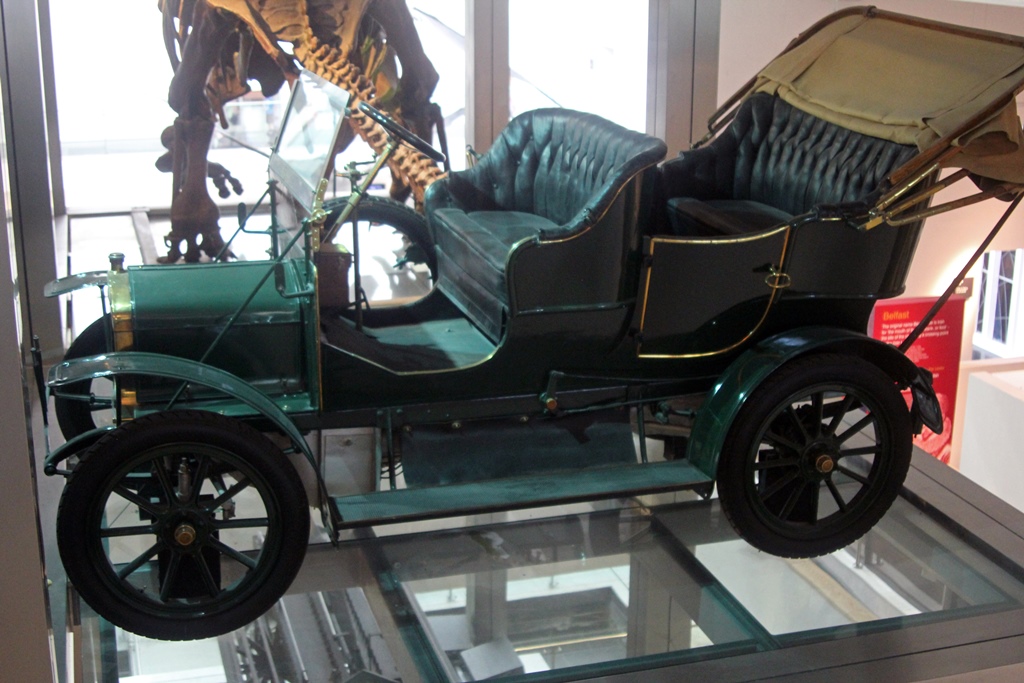
Old Car
The Groovy Garden, Katie Blue
The next point of interest we visited wasn't hard to find, as it was immediately
outside the front entrance of the Ulster Museum, and partially surrounded the building.
This was the grounds of the Belfast Botanic Gardens.

